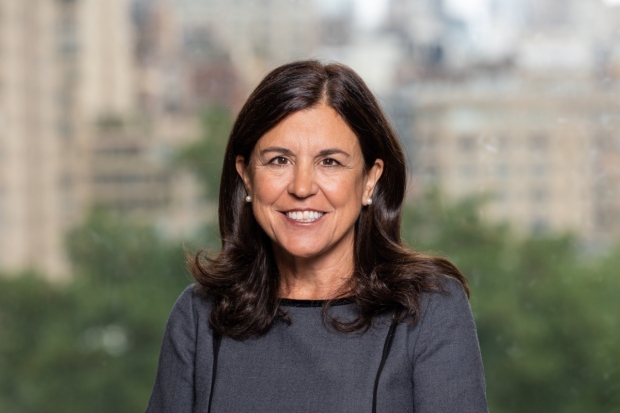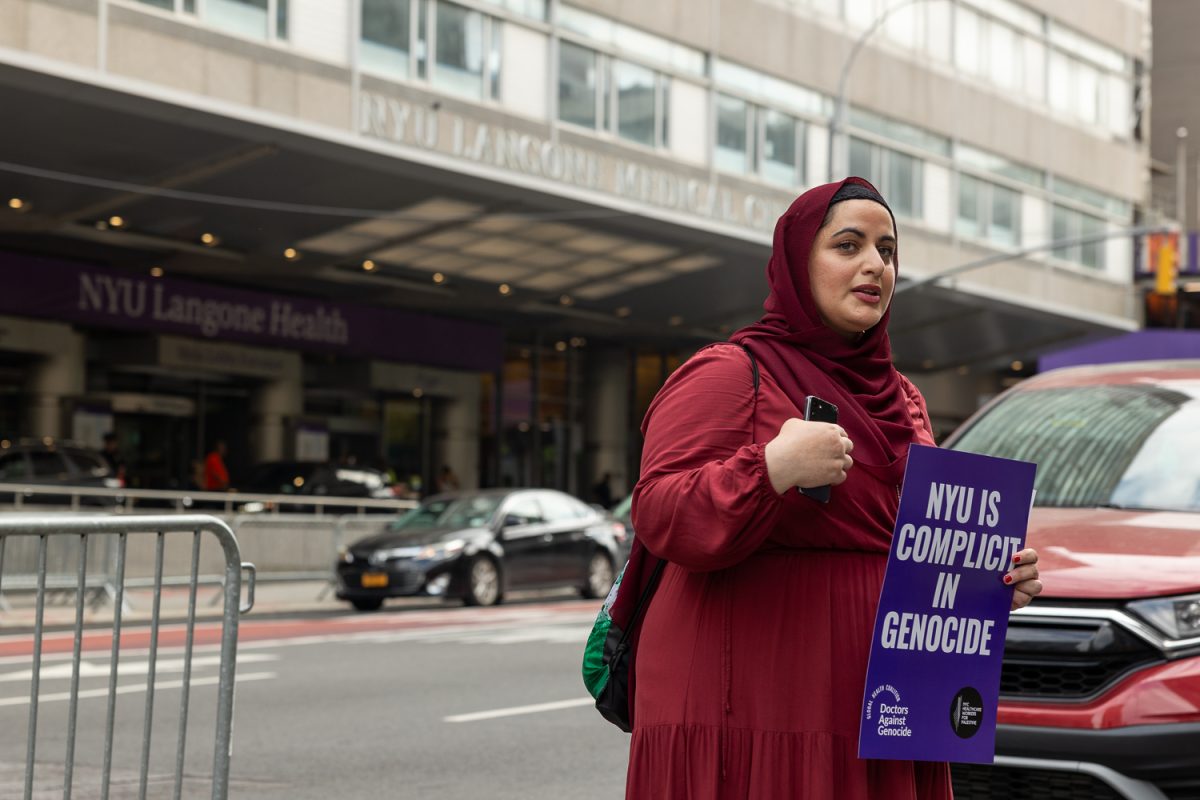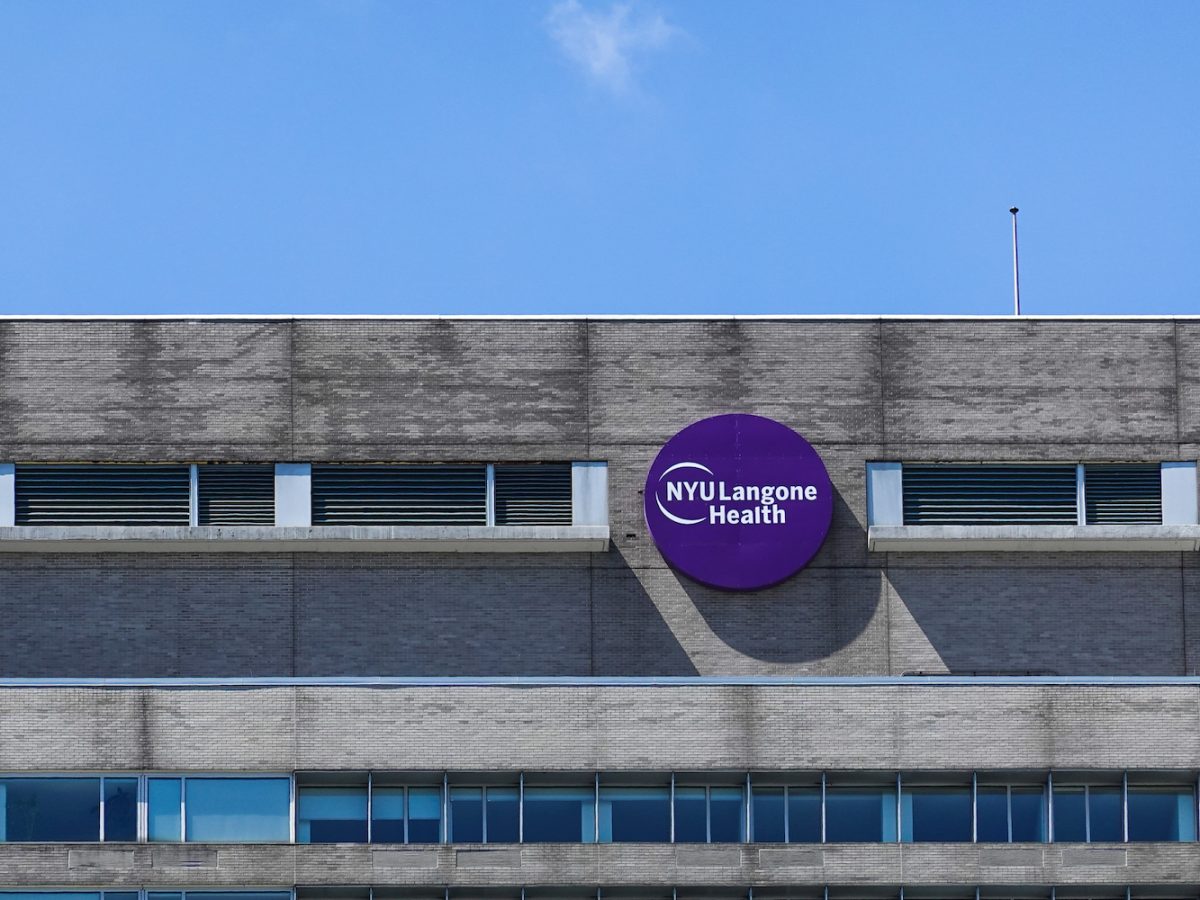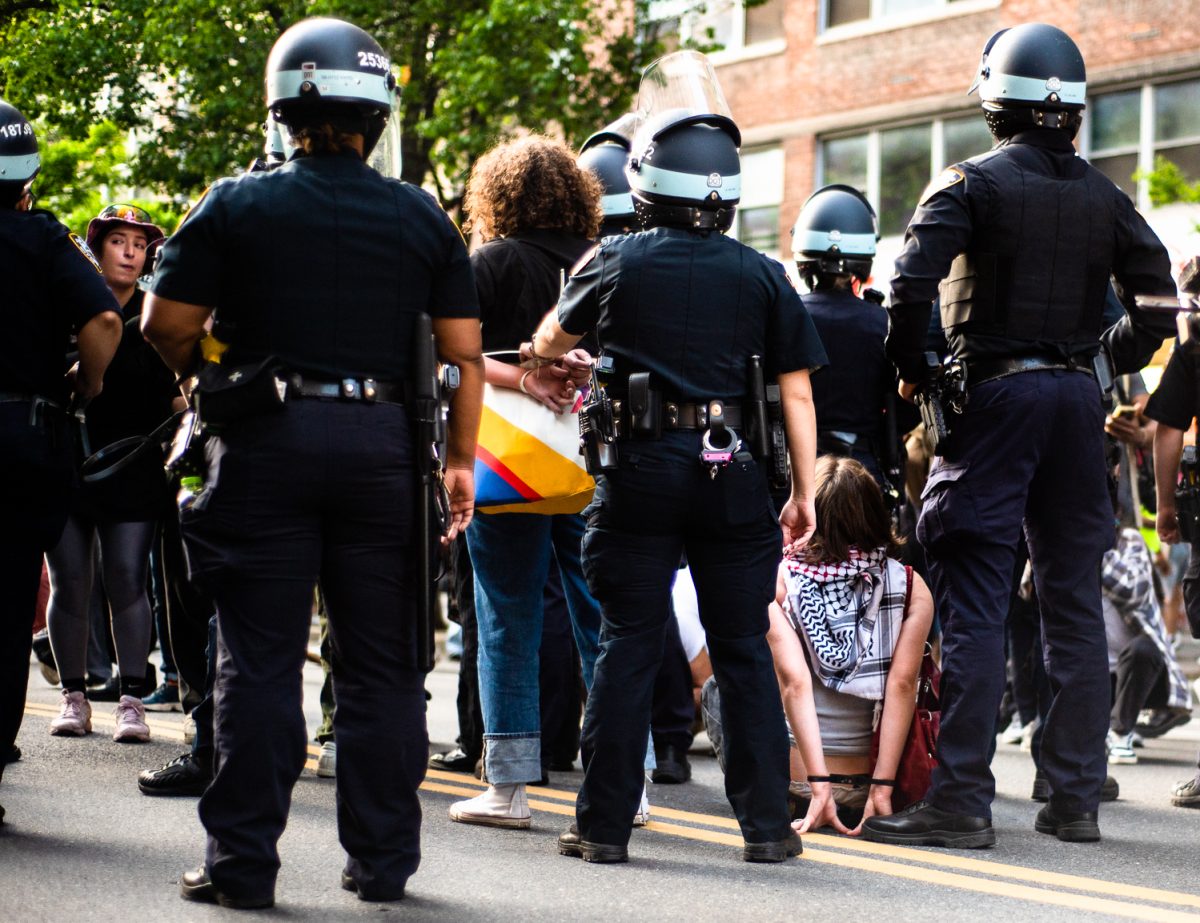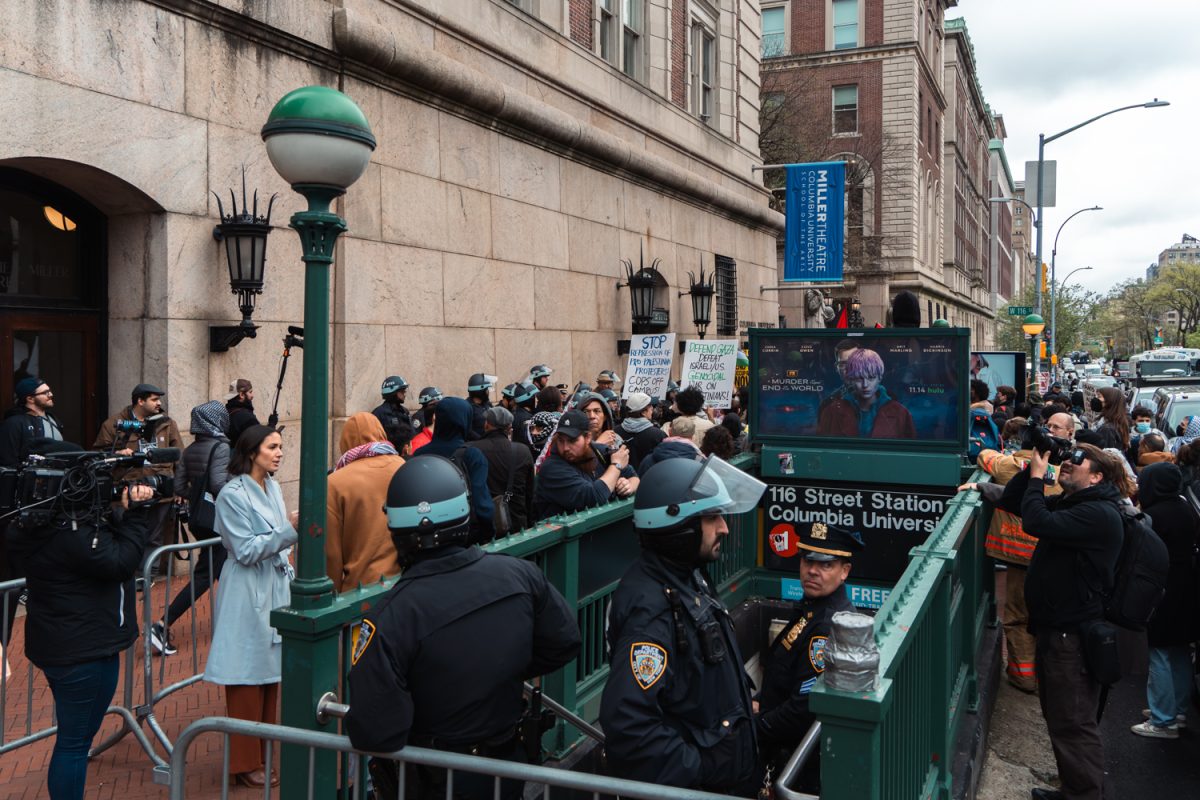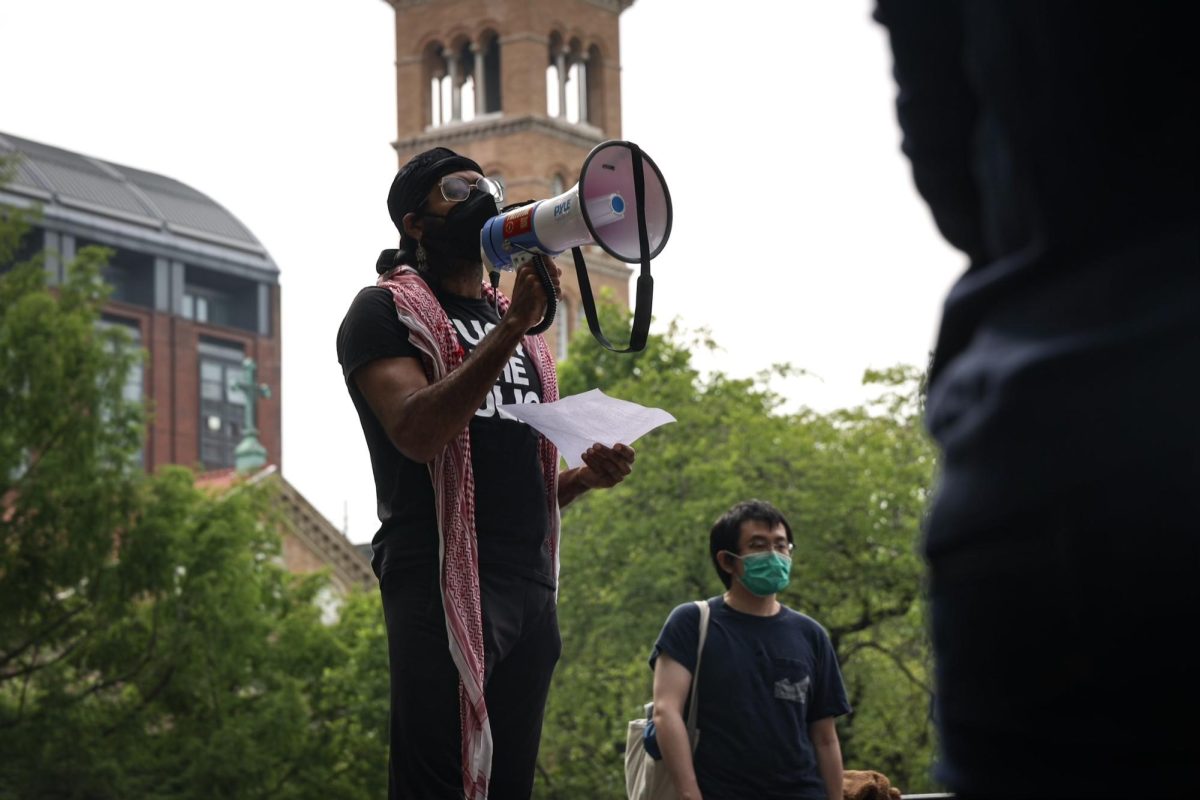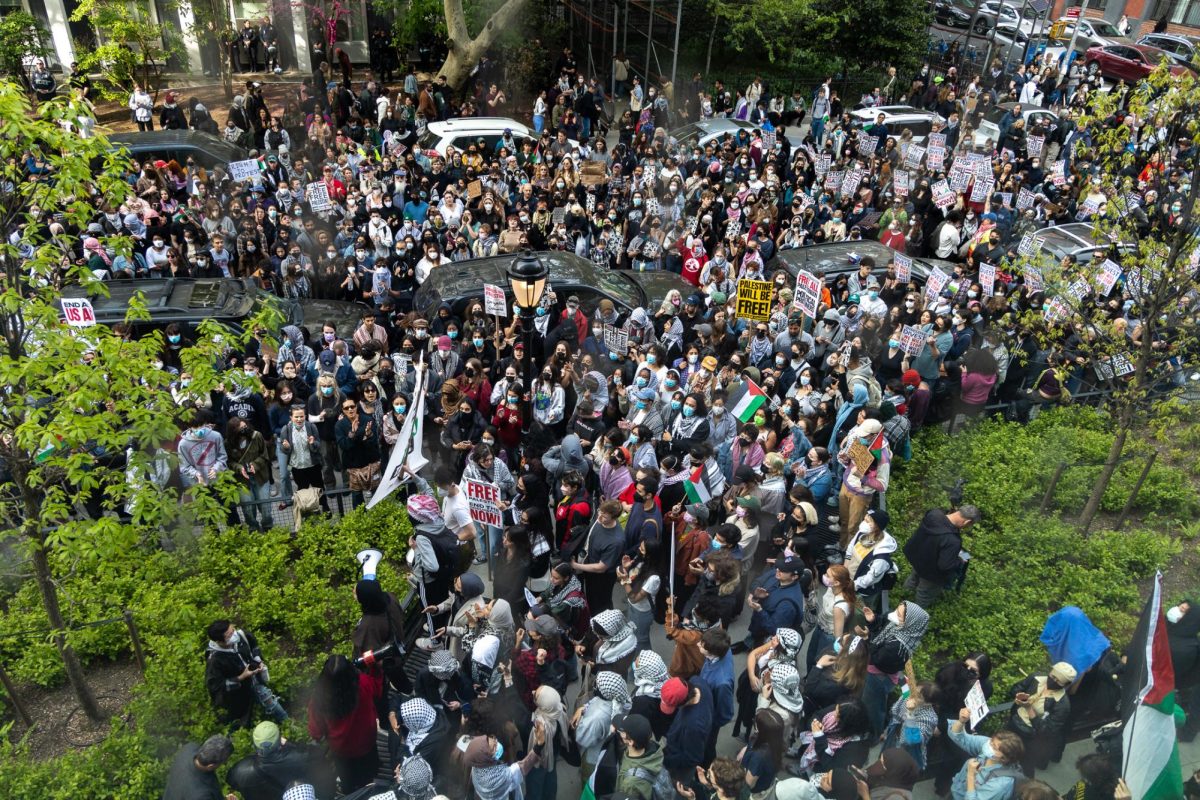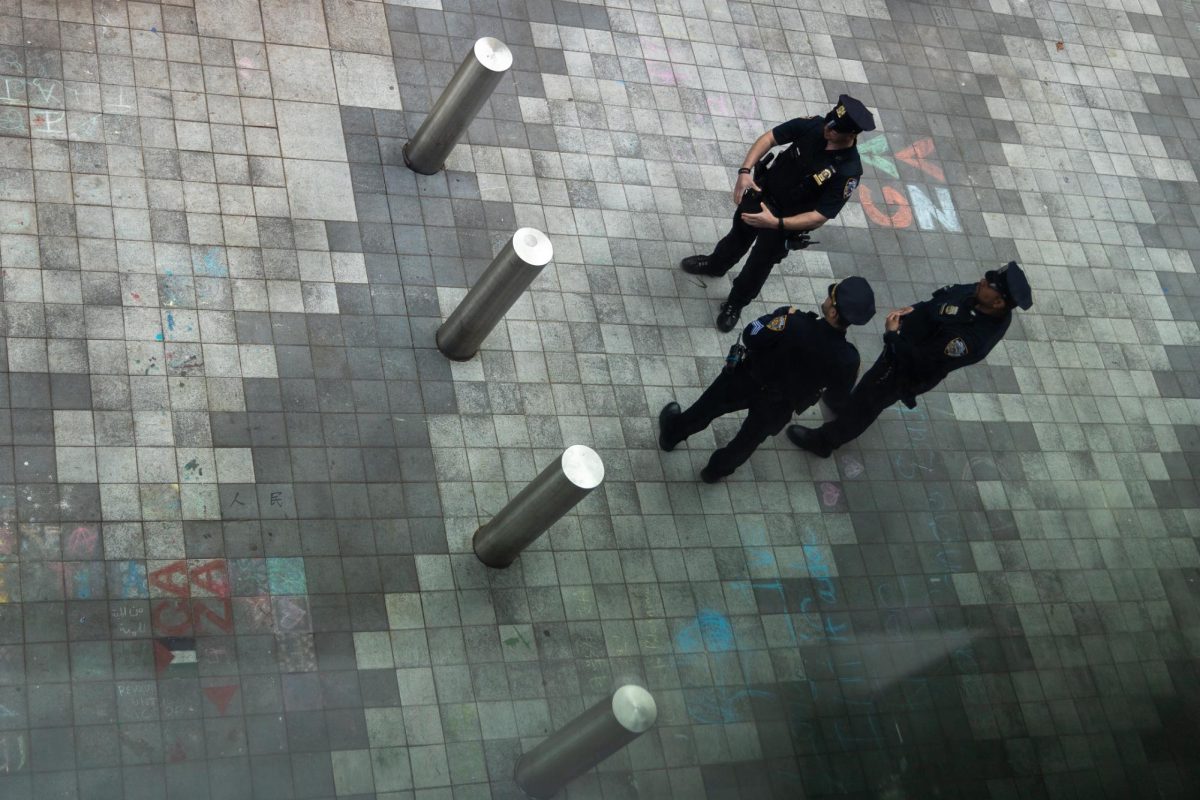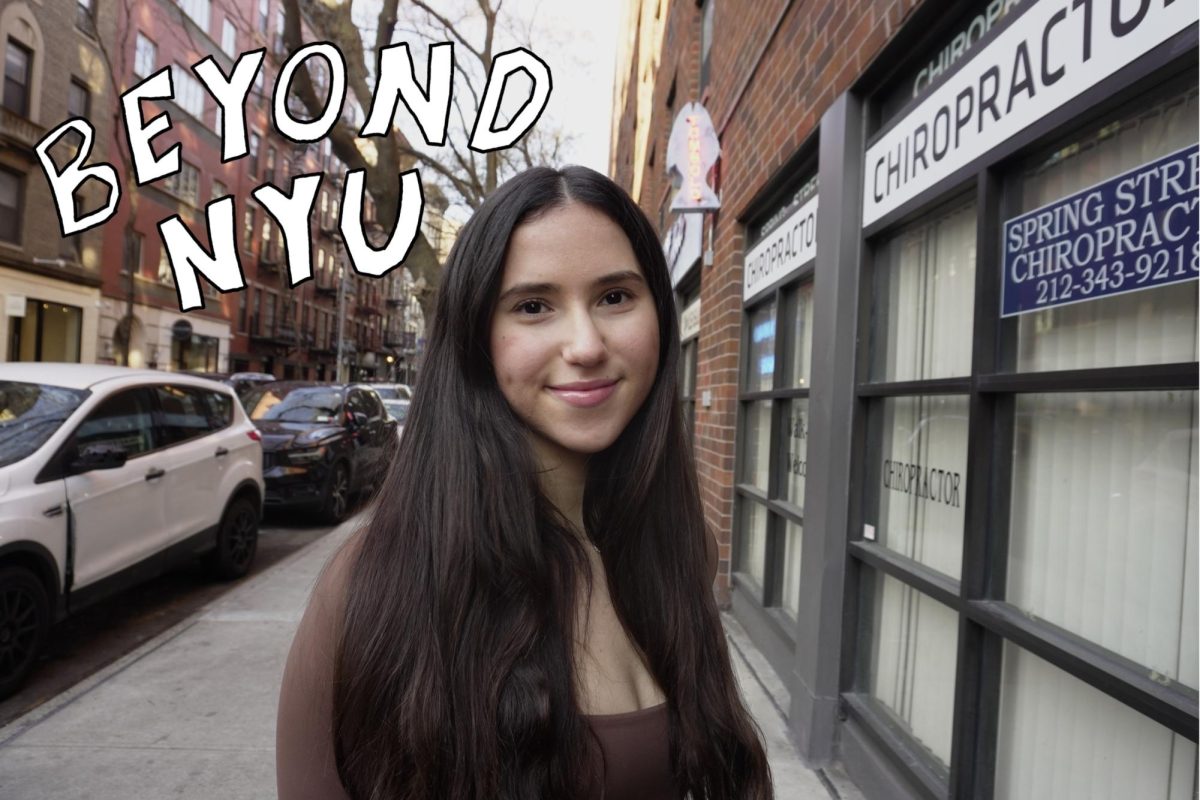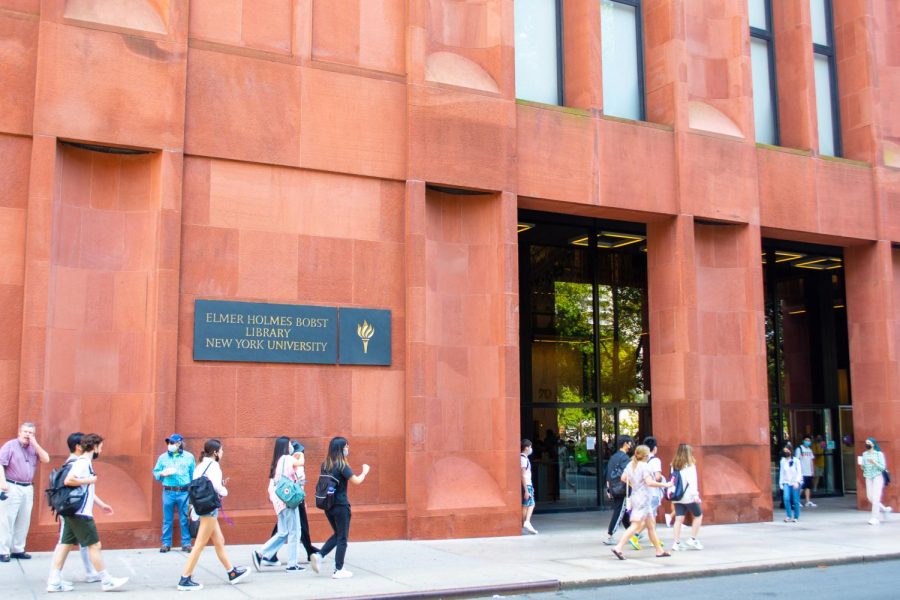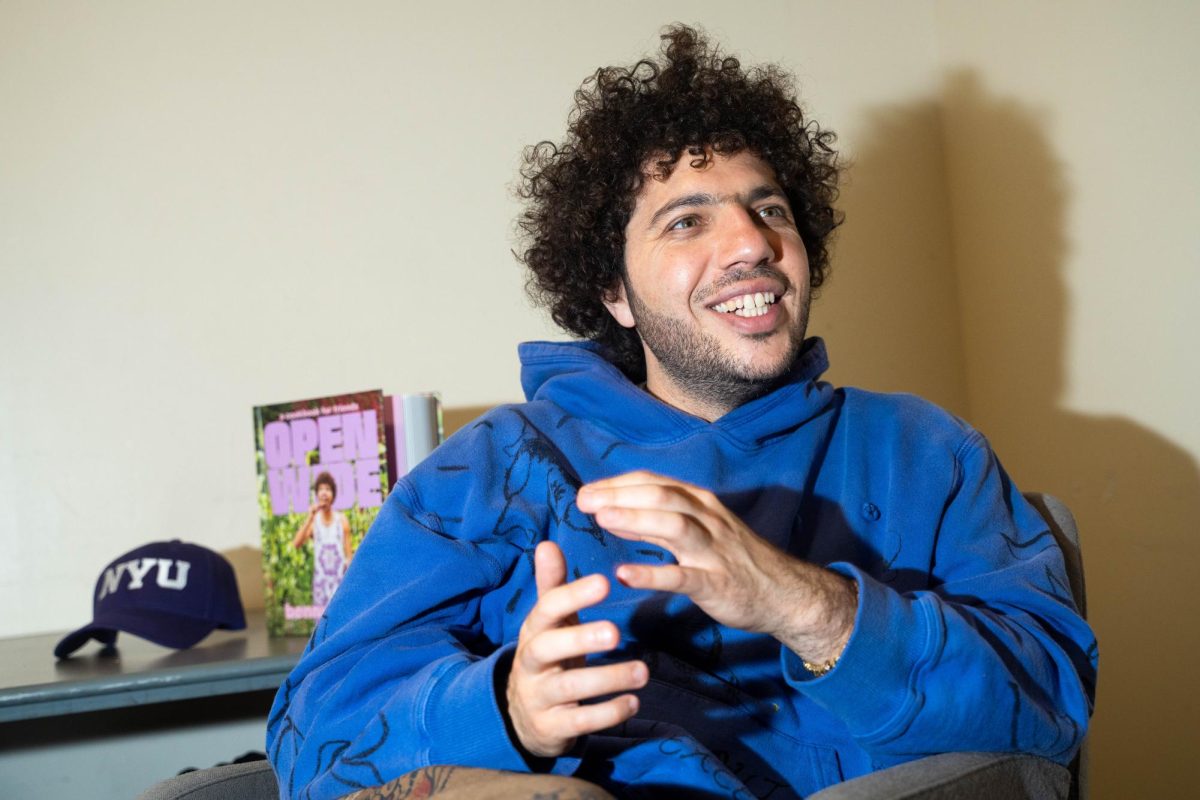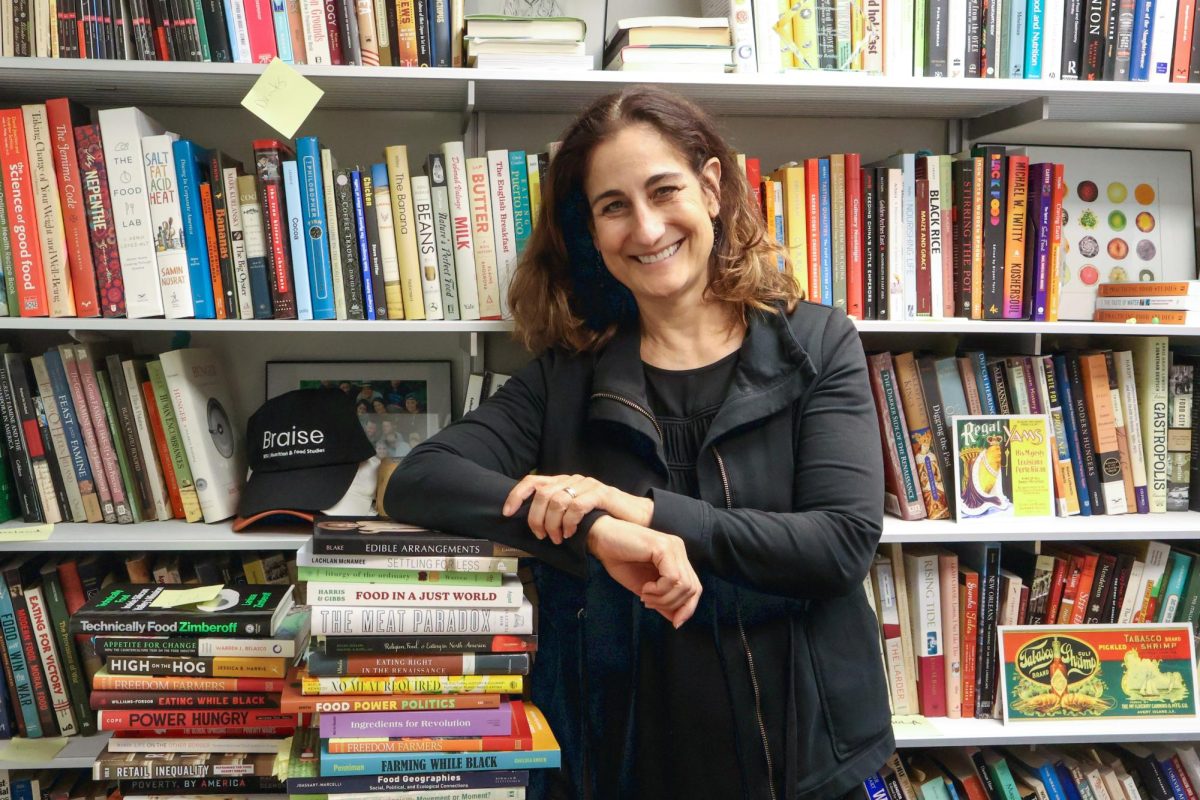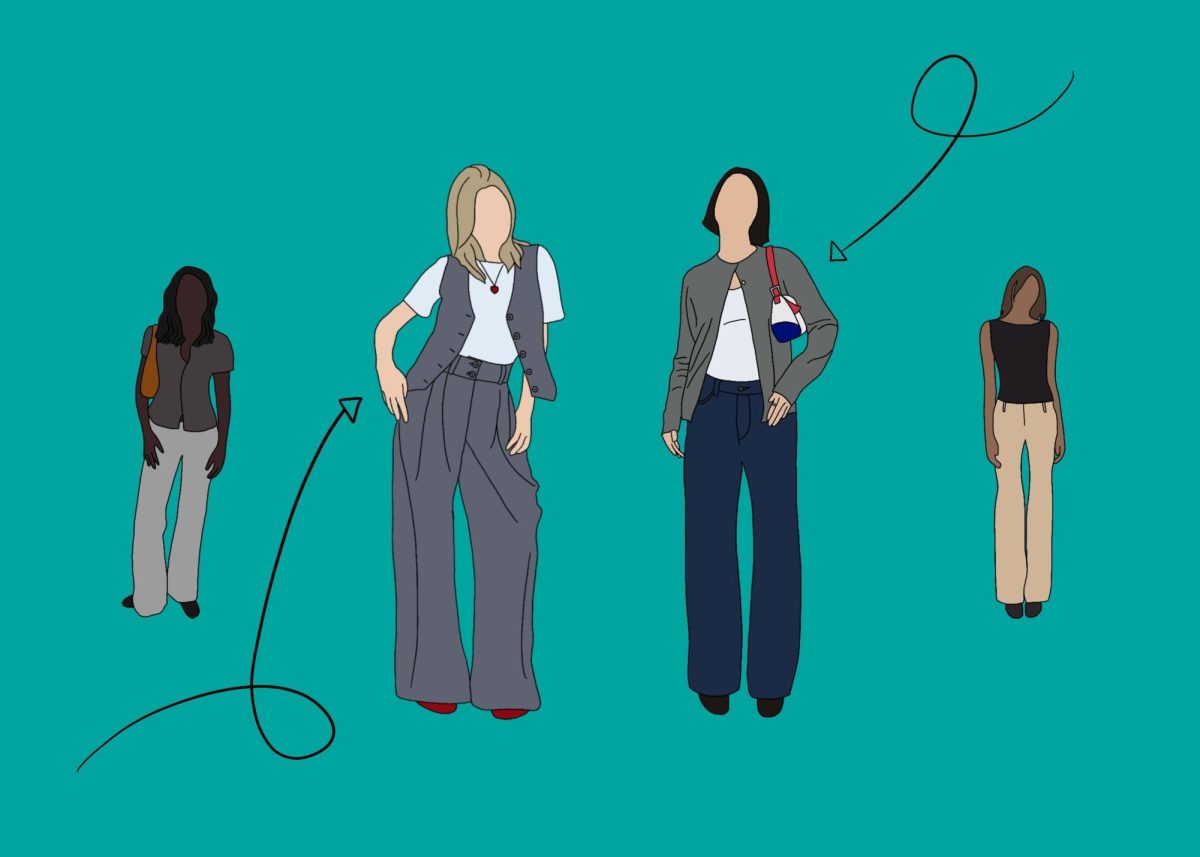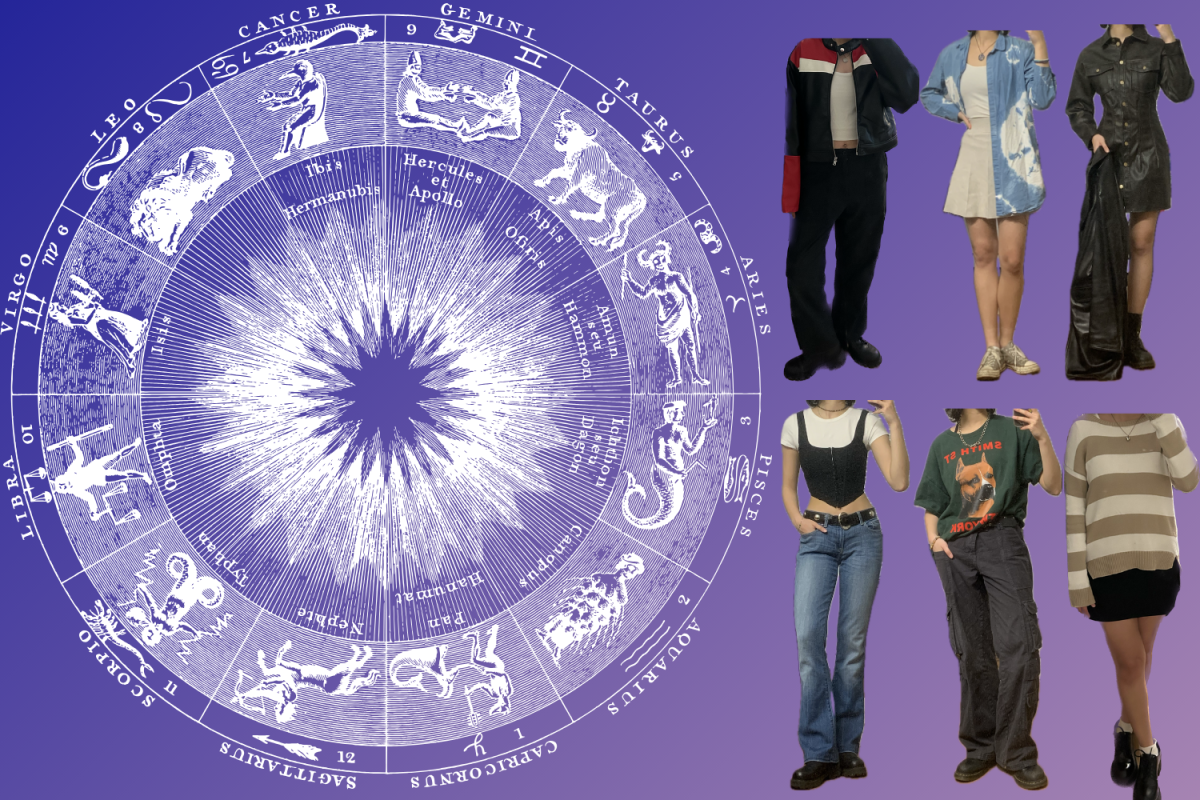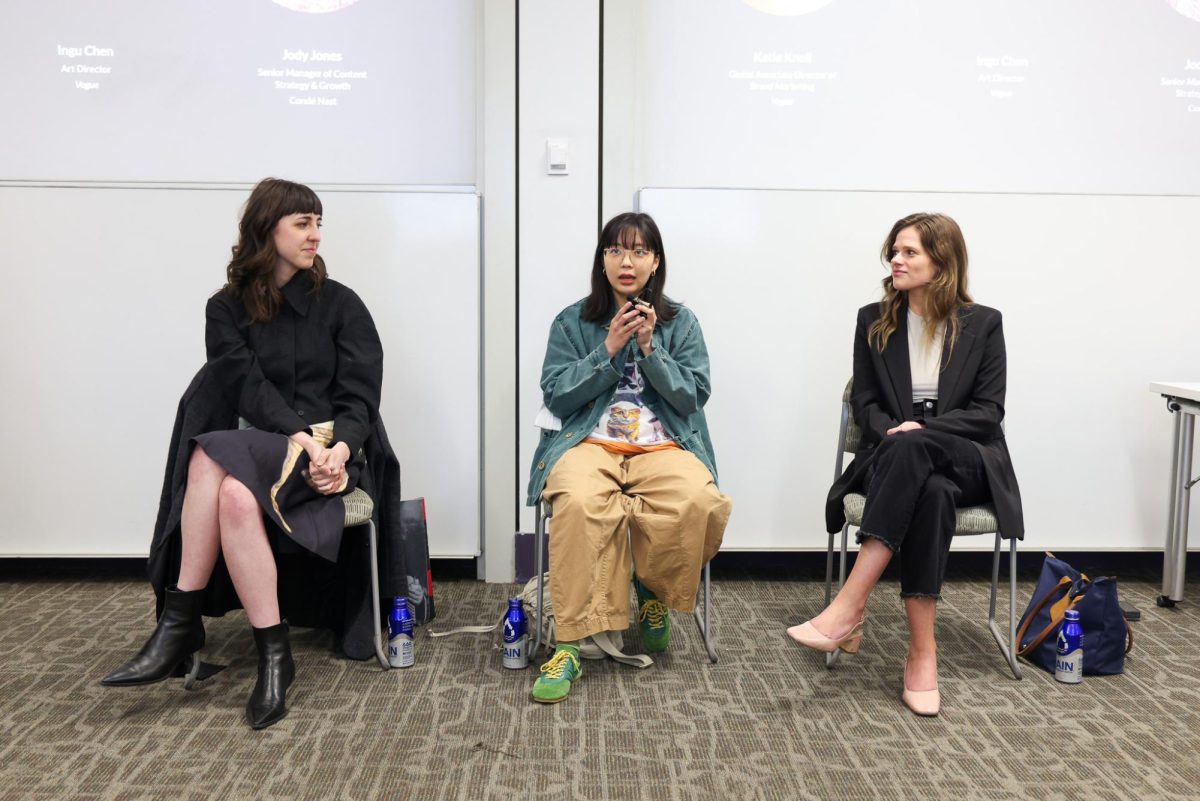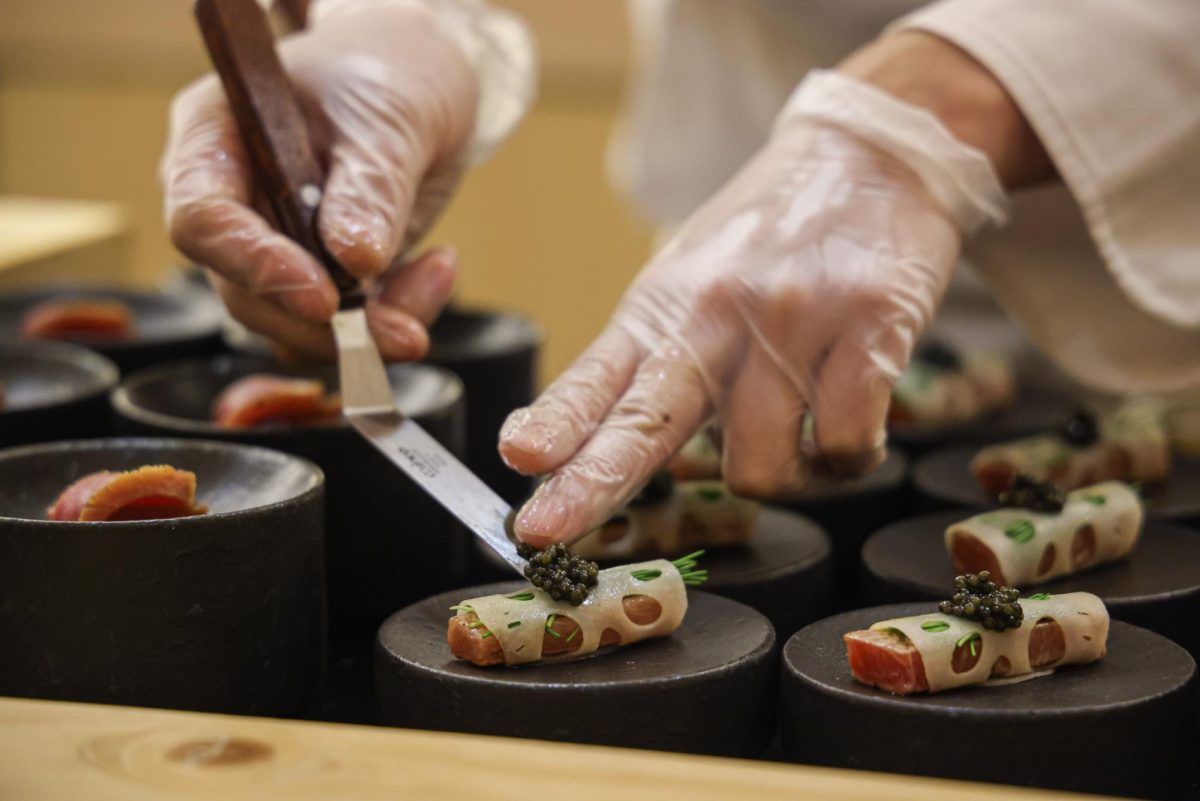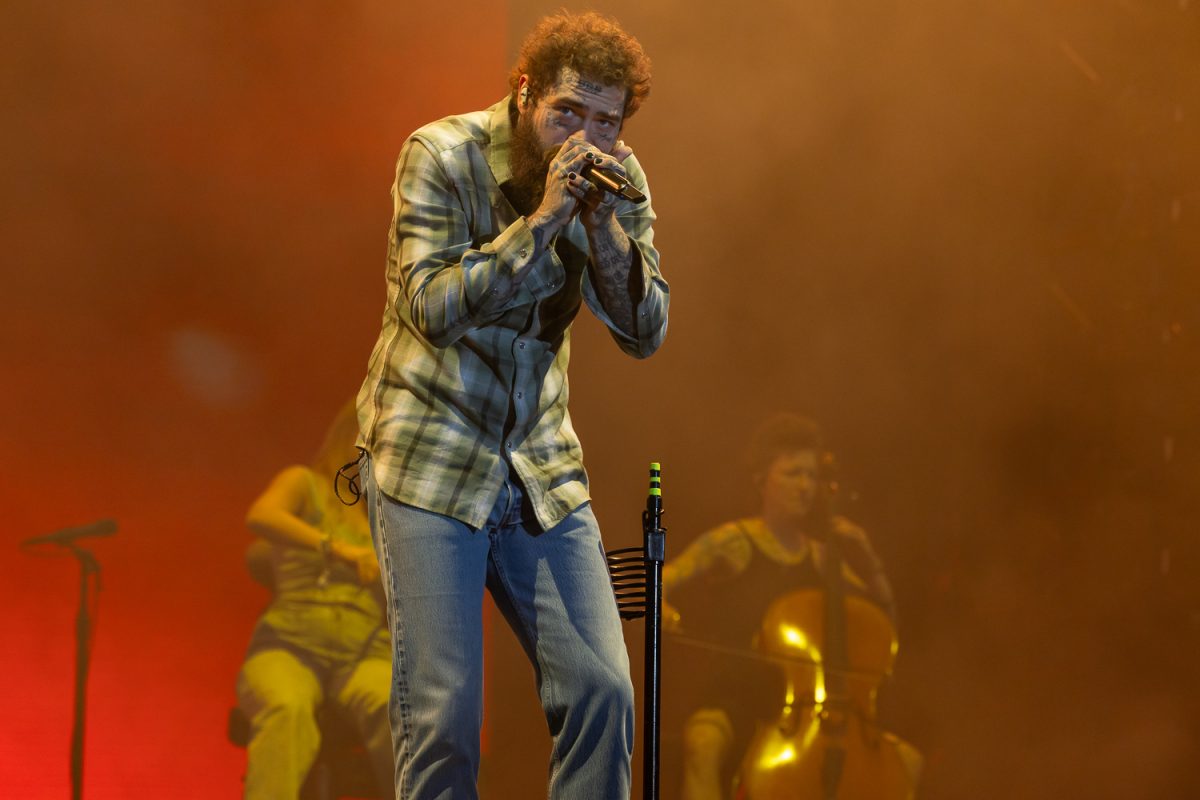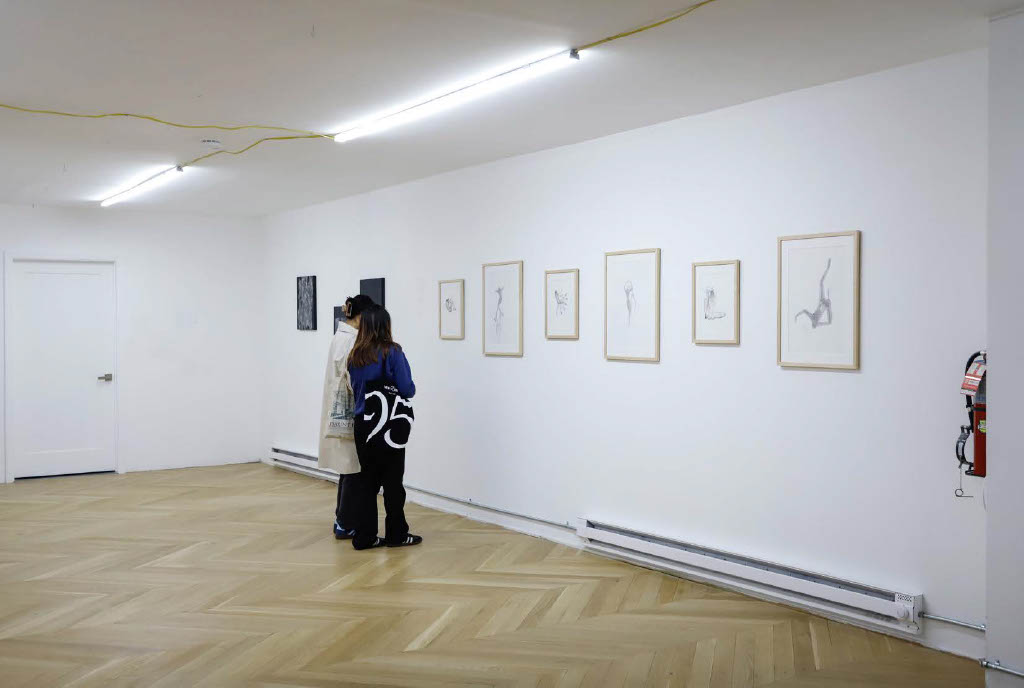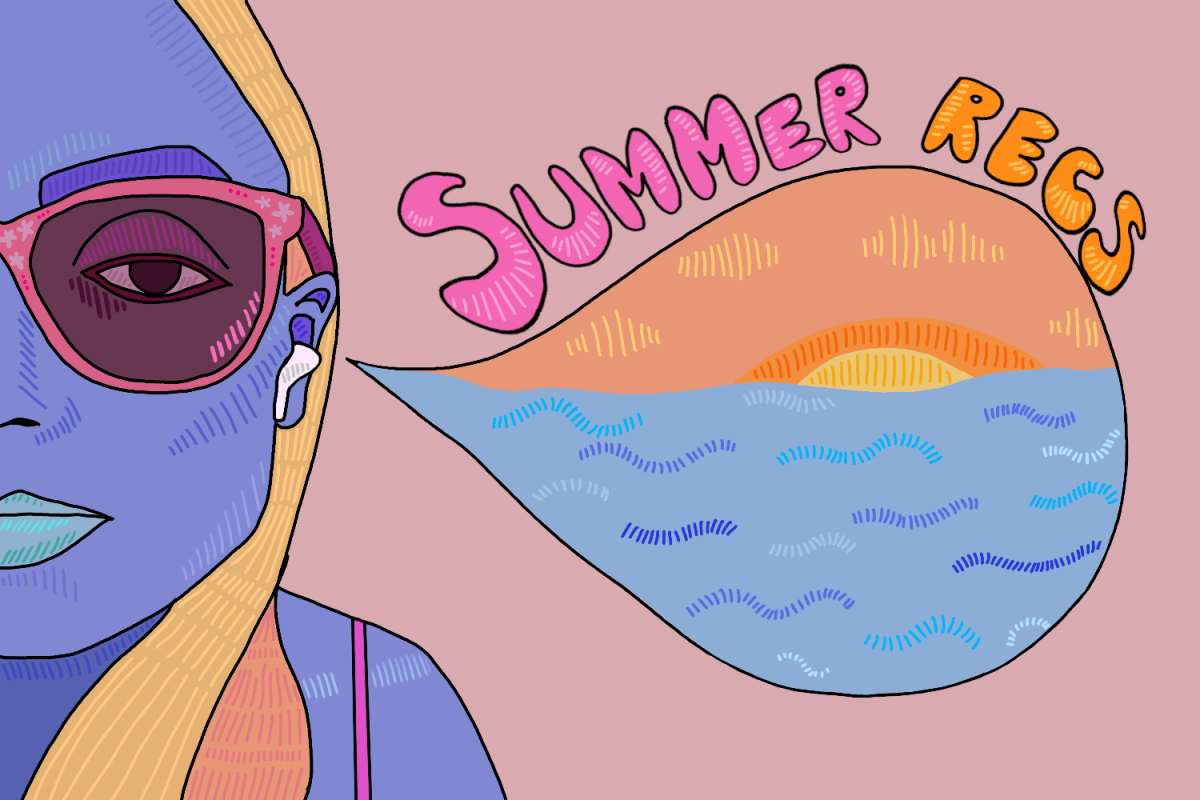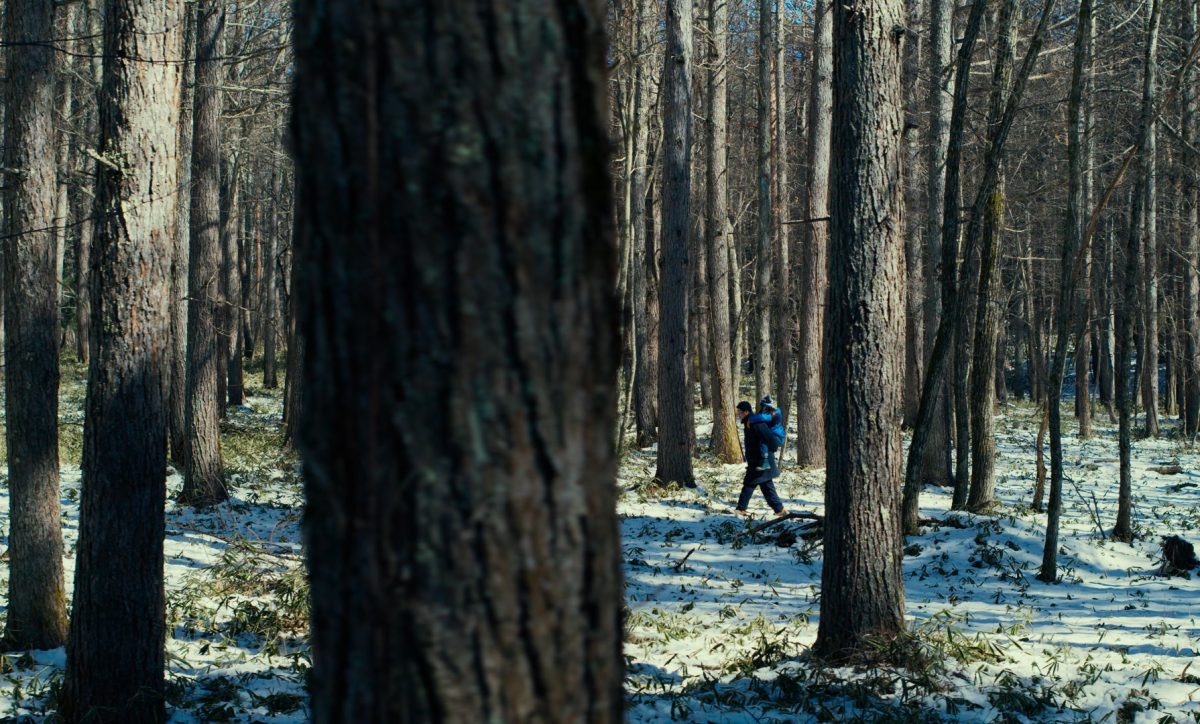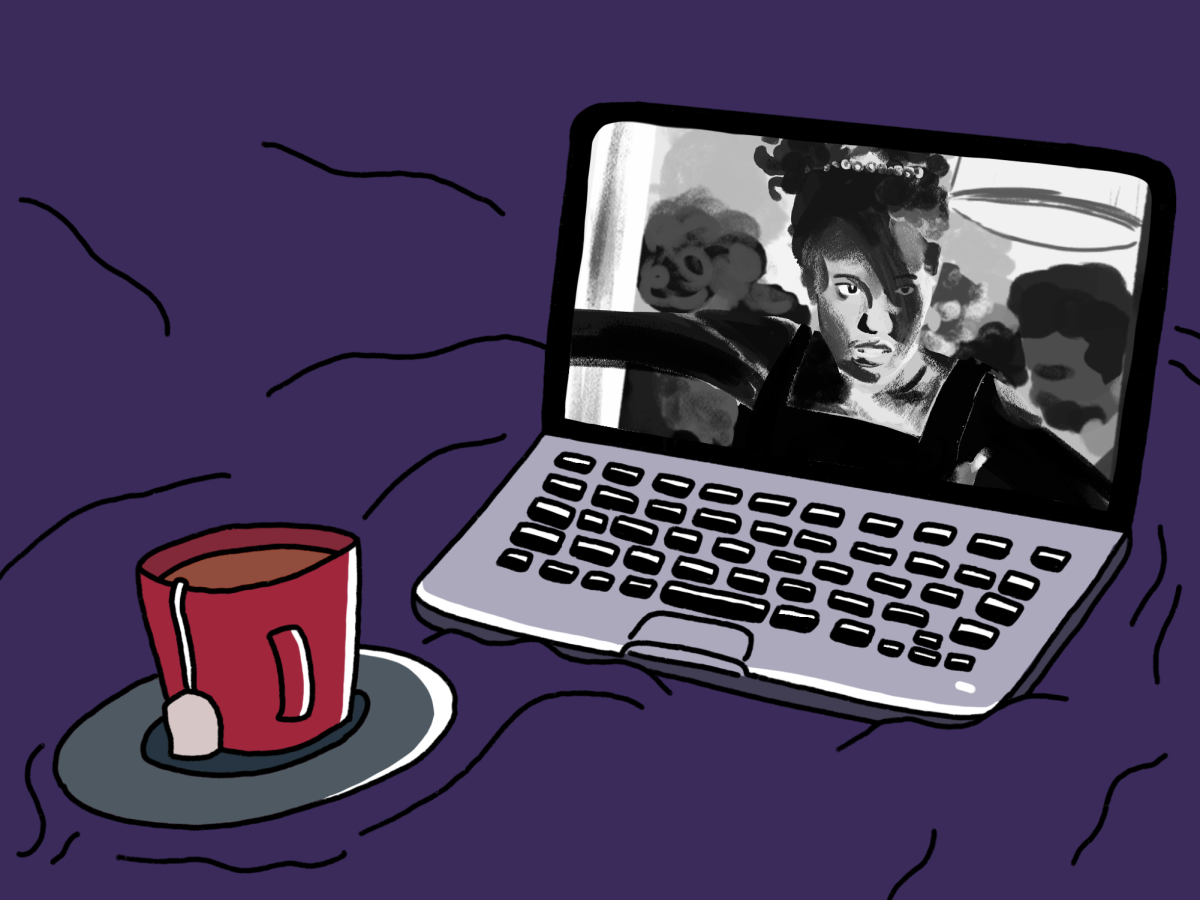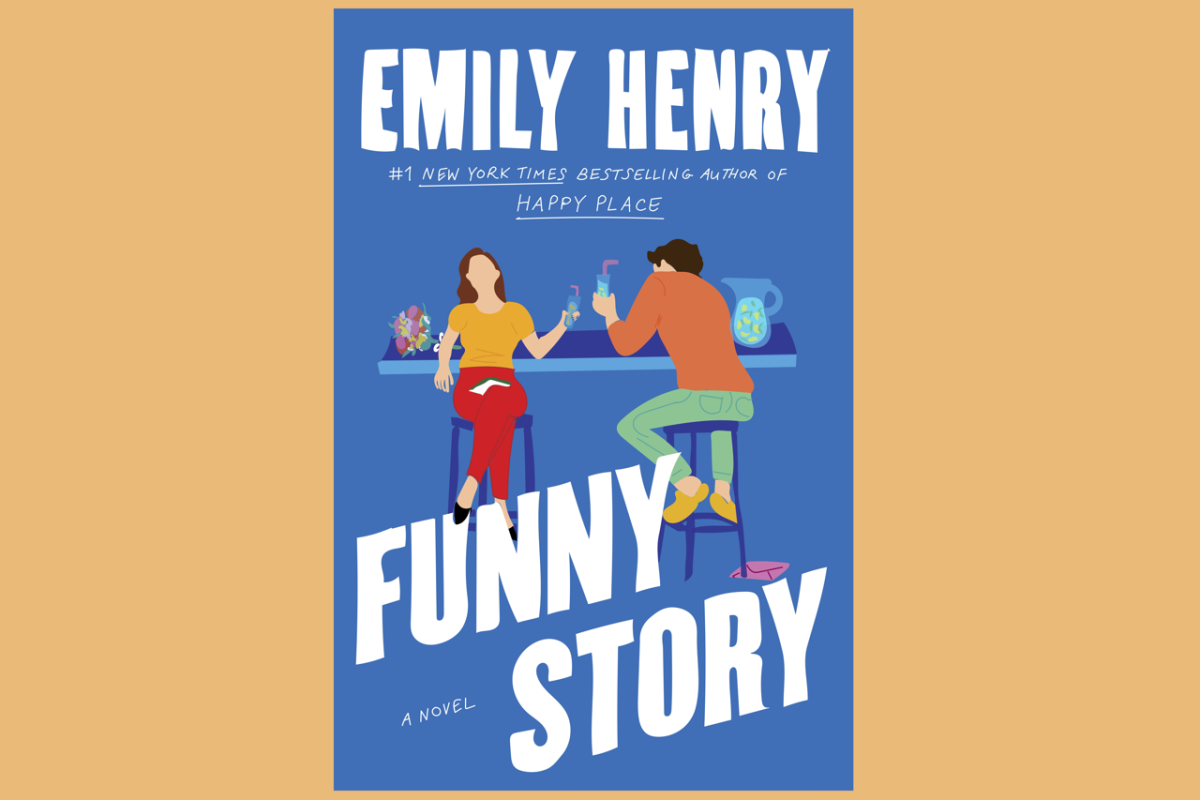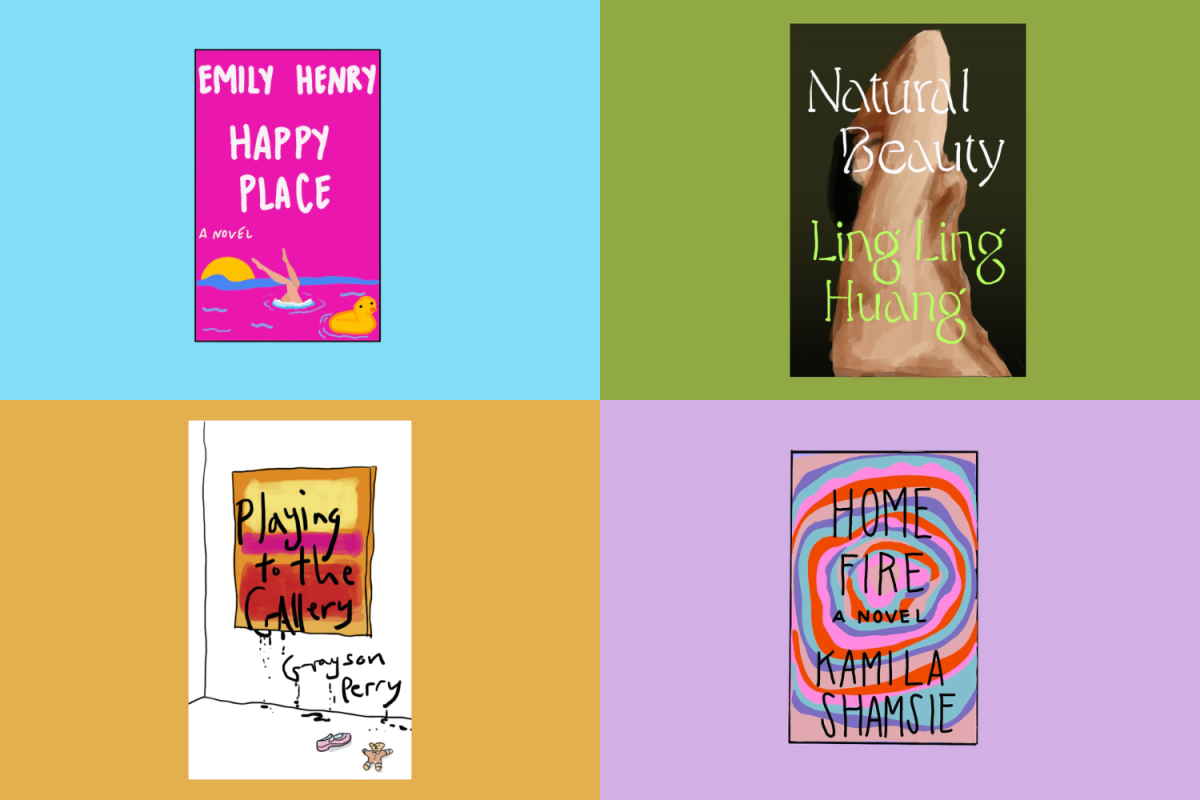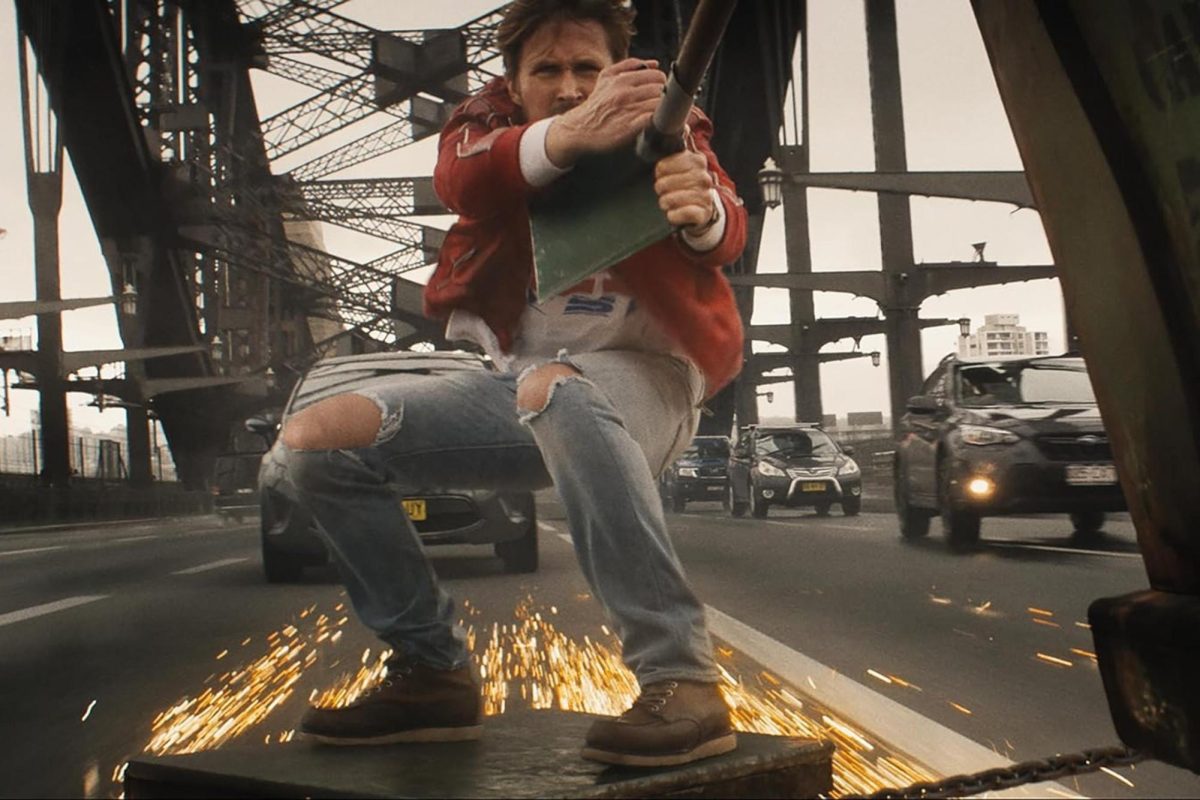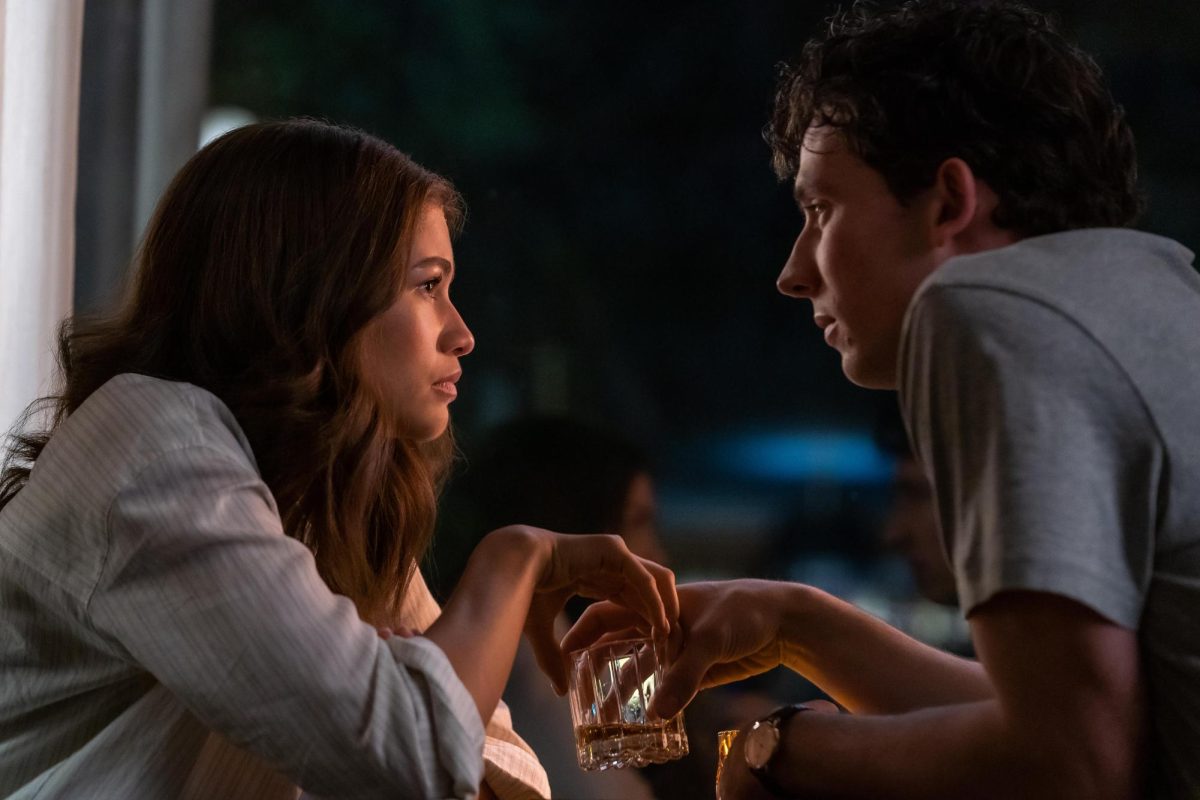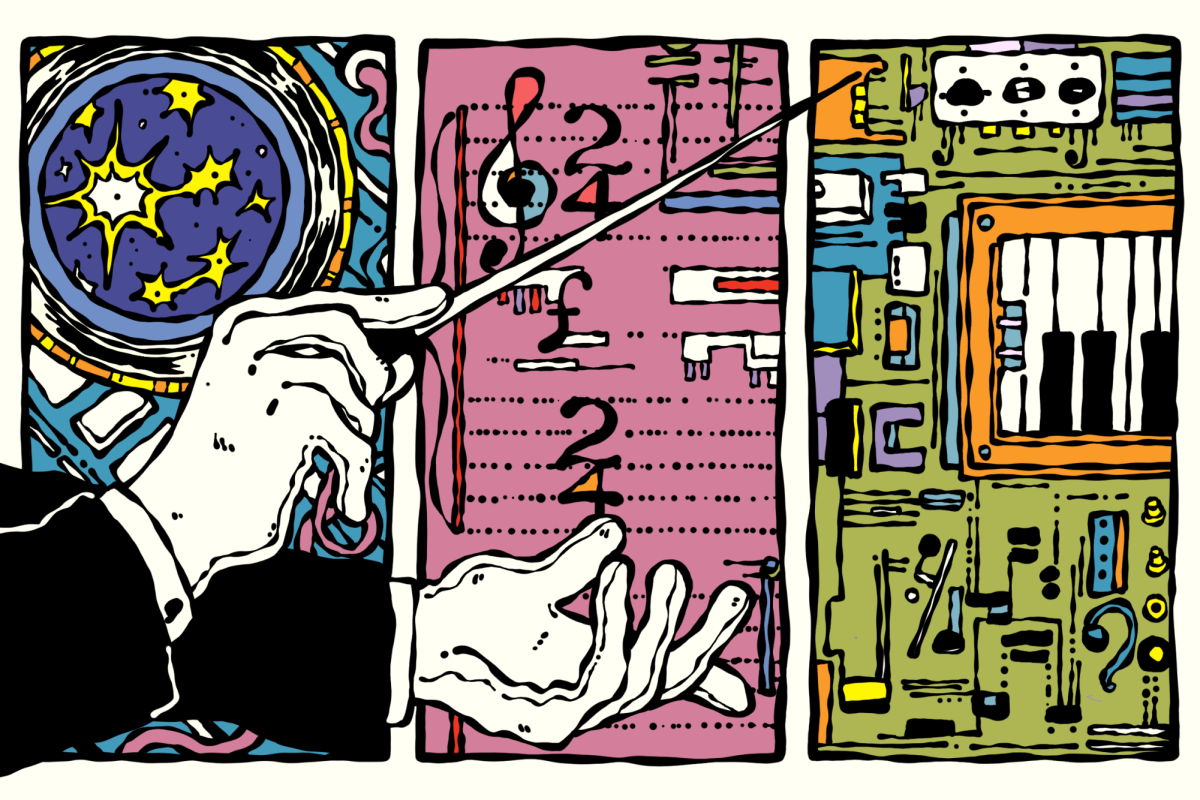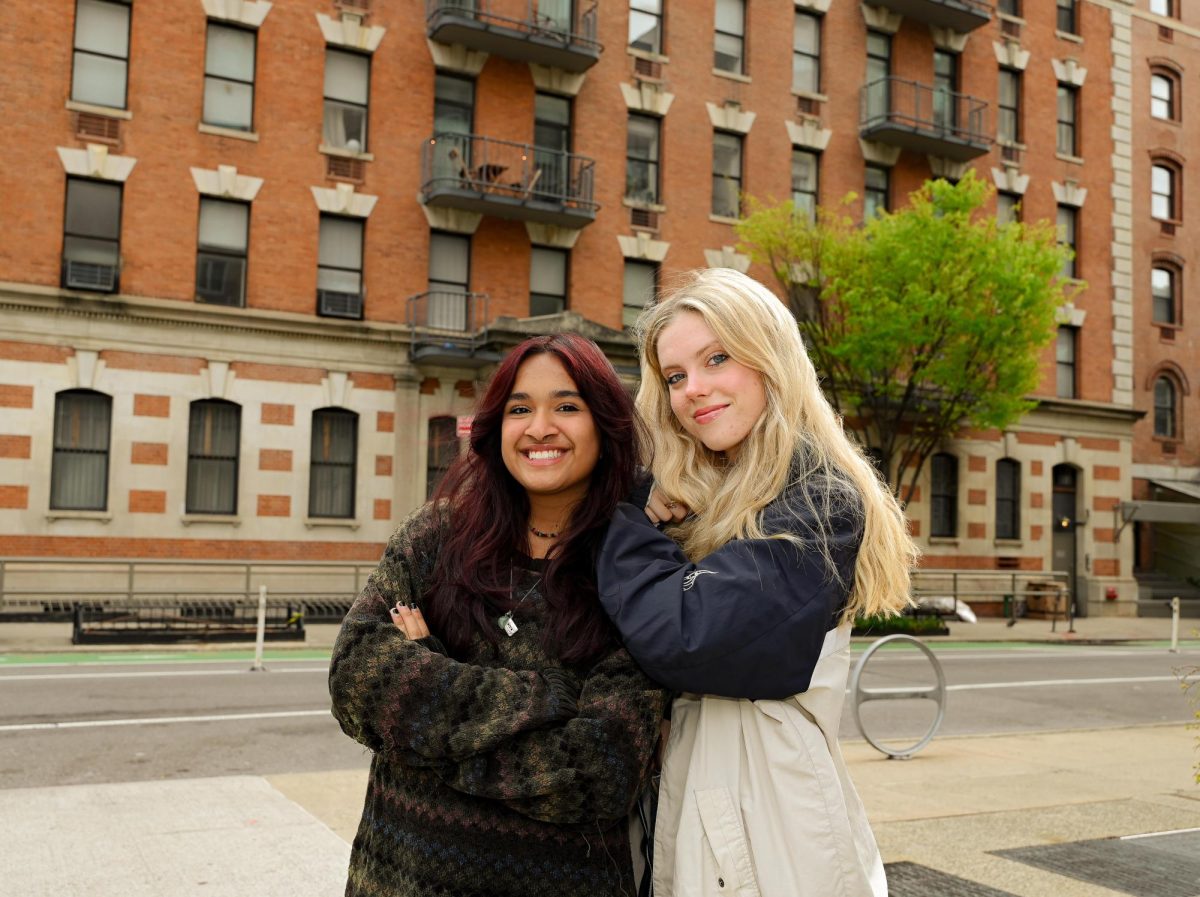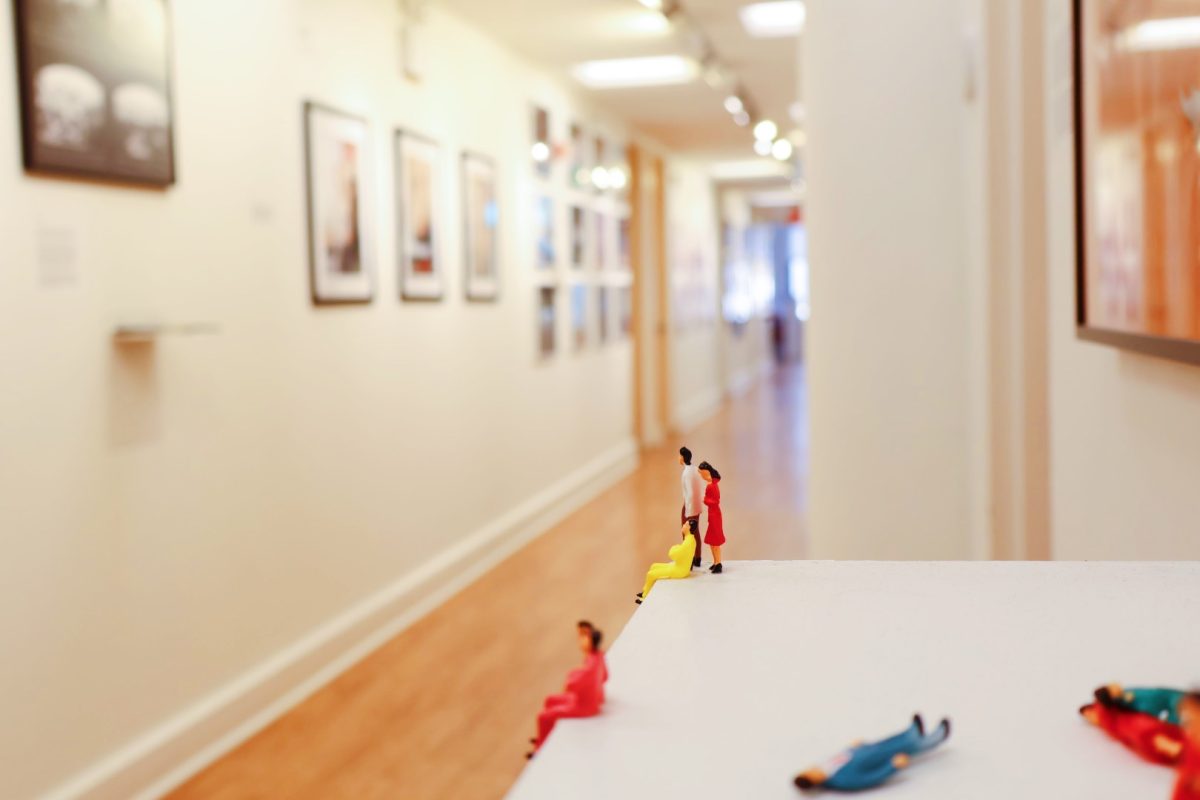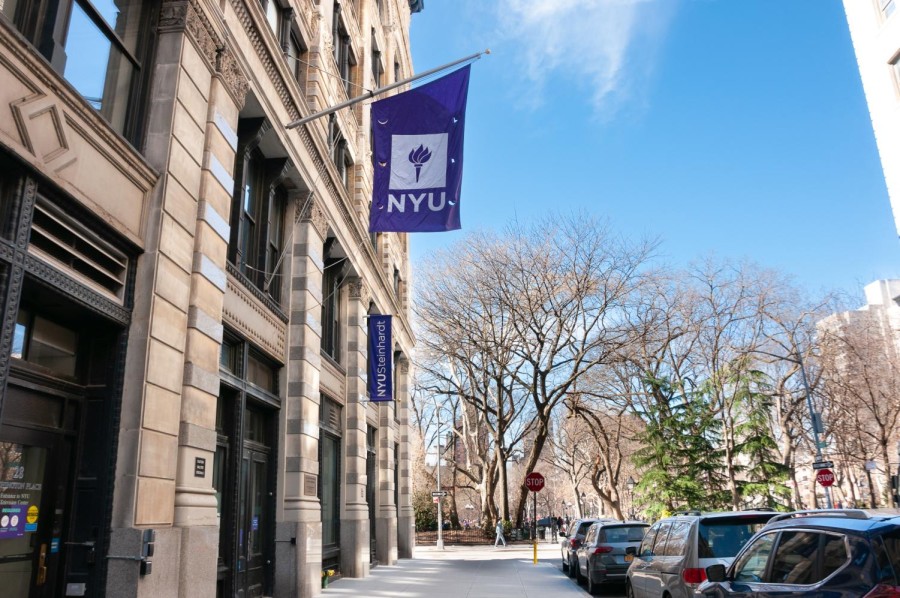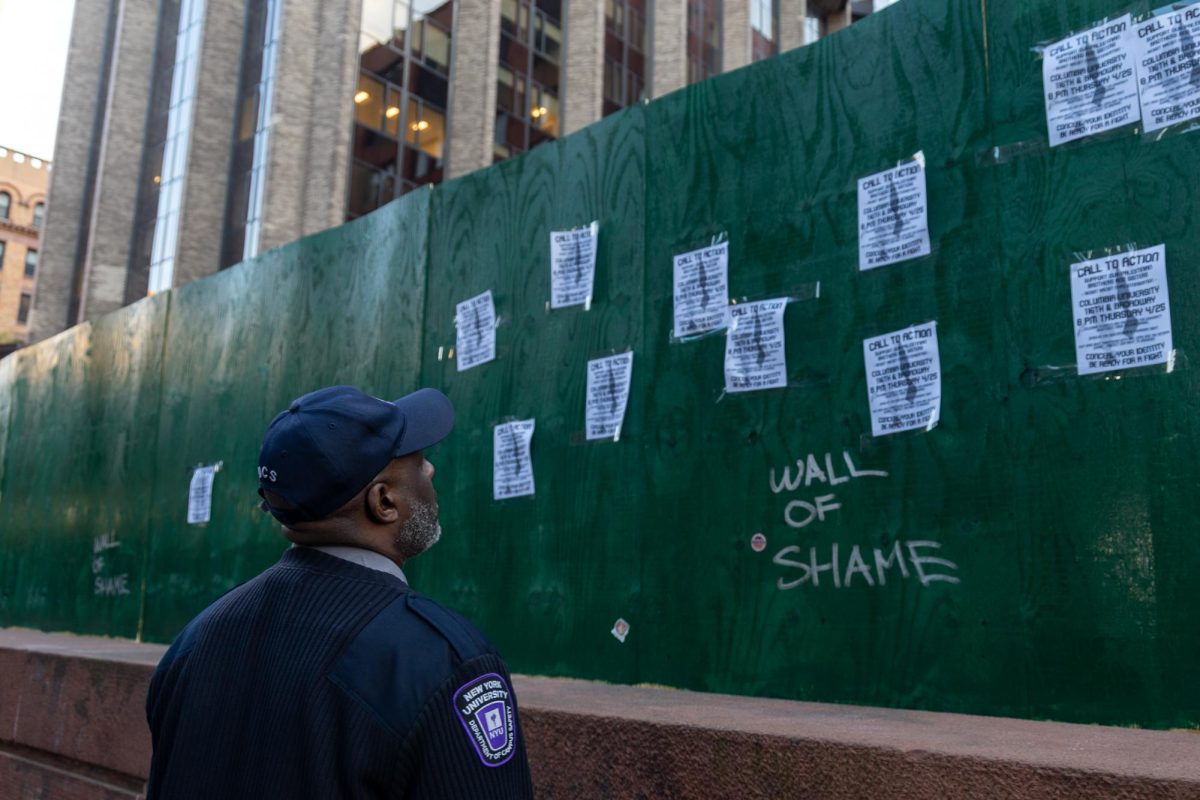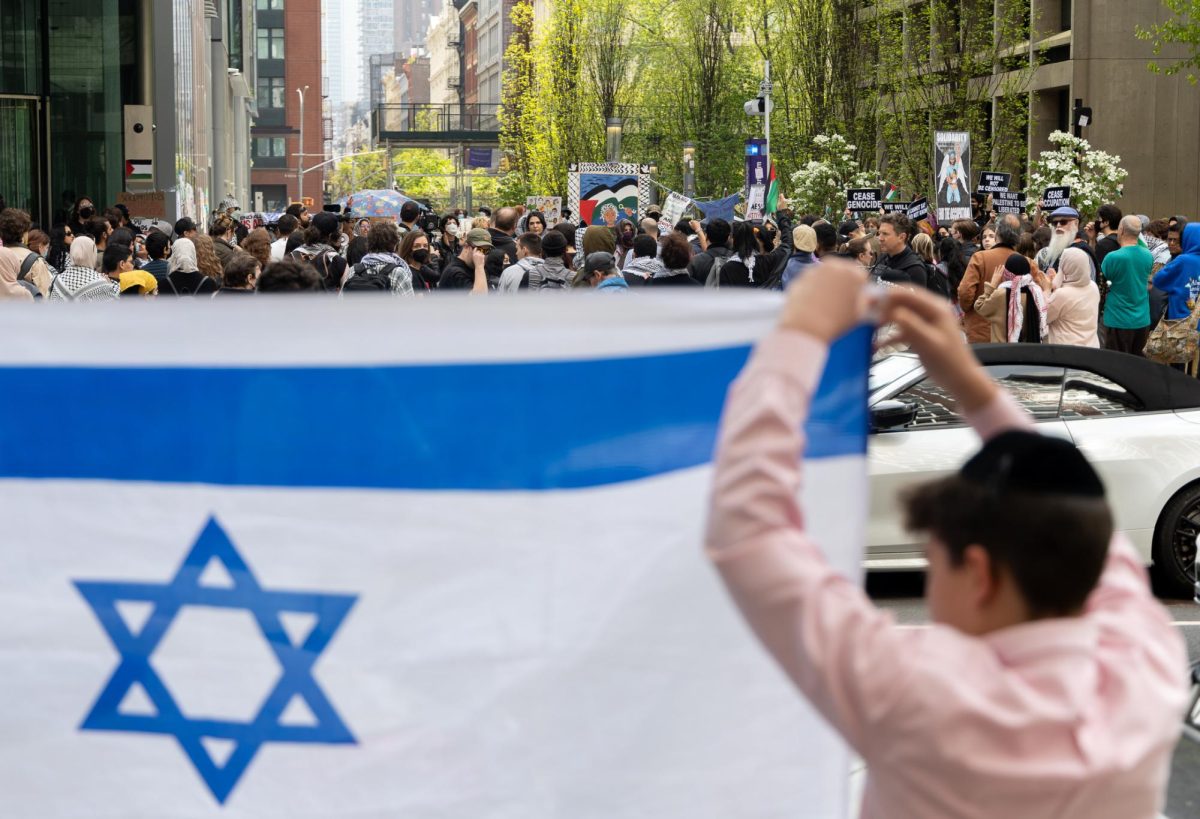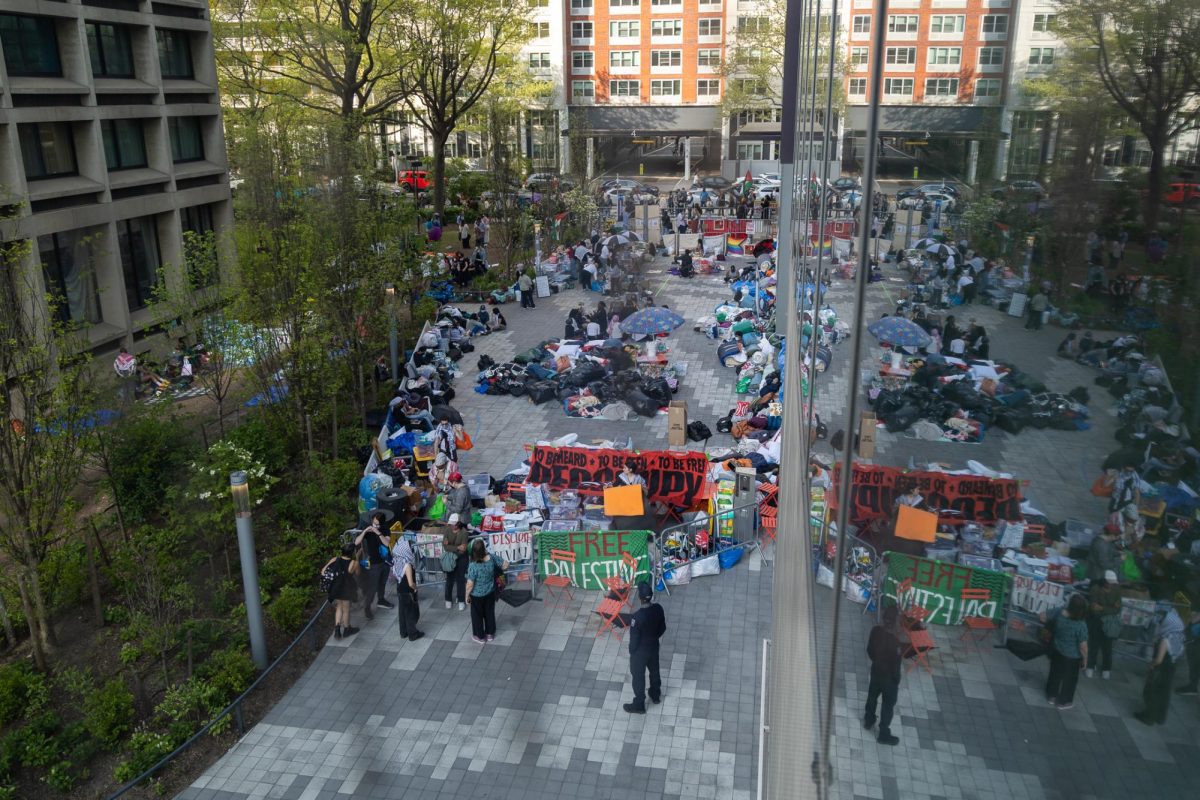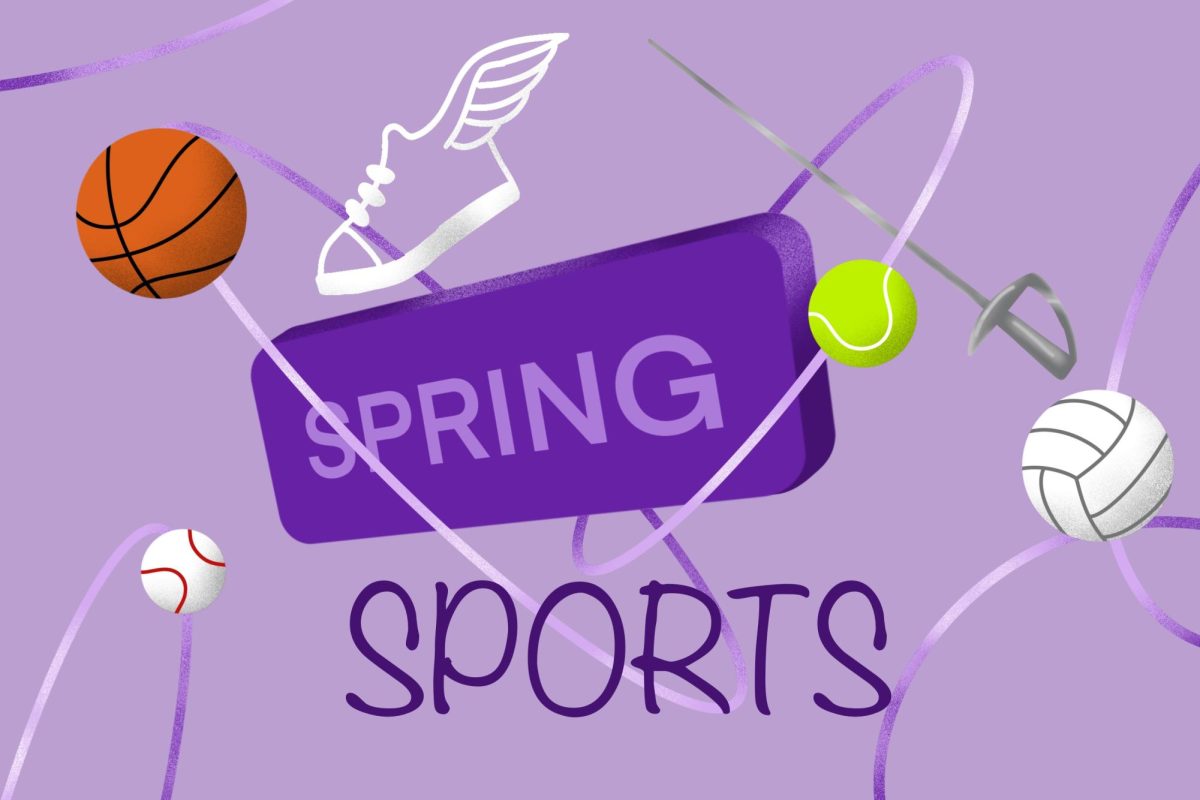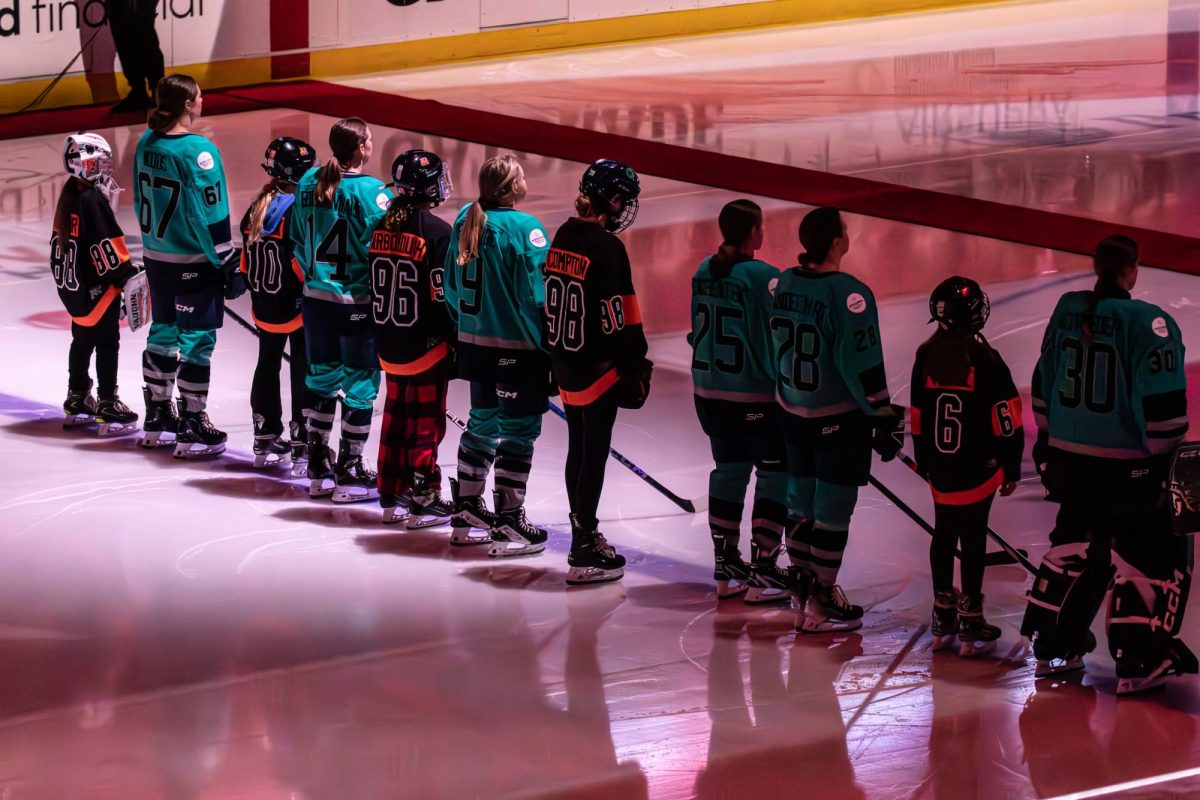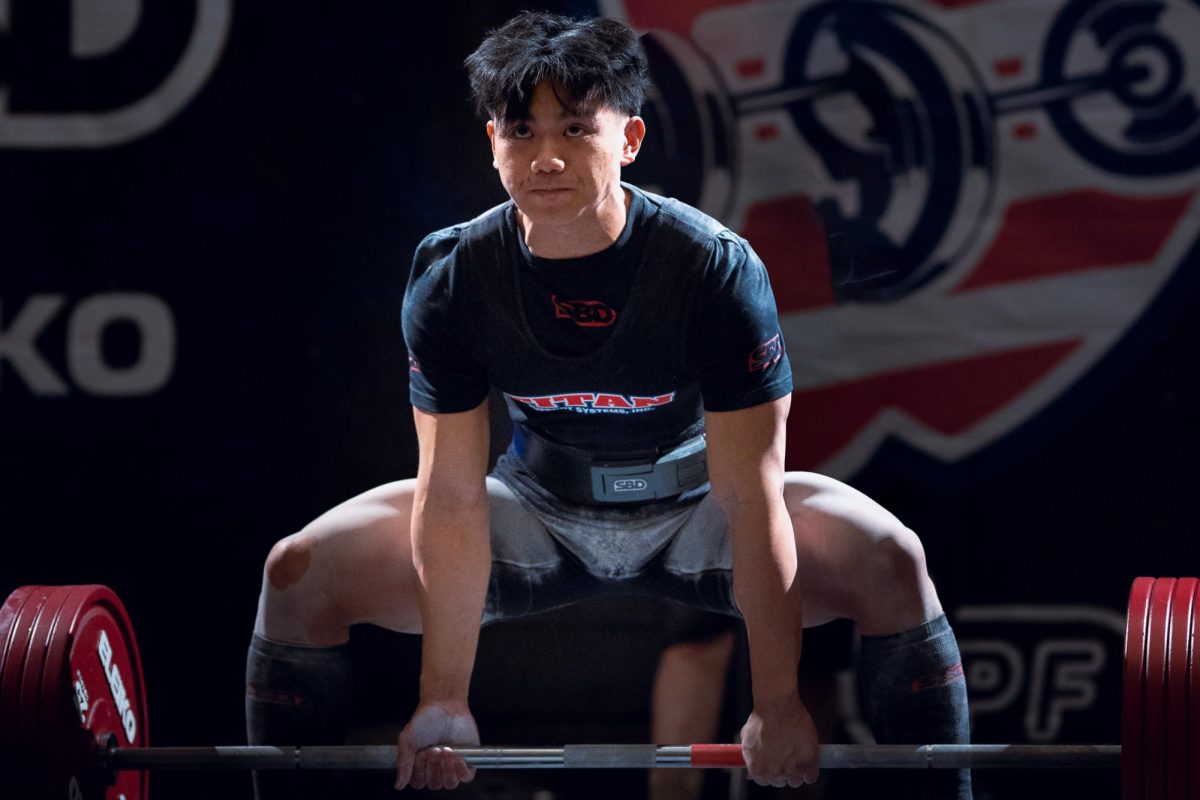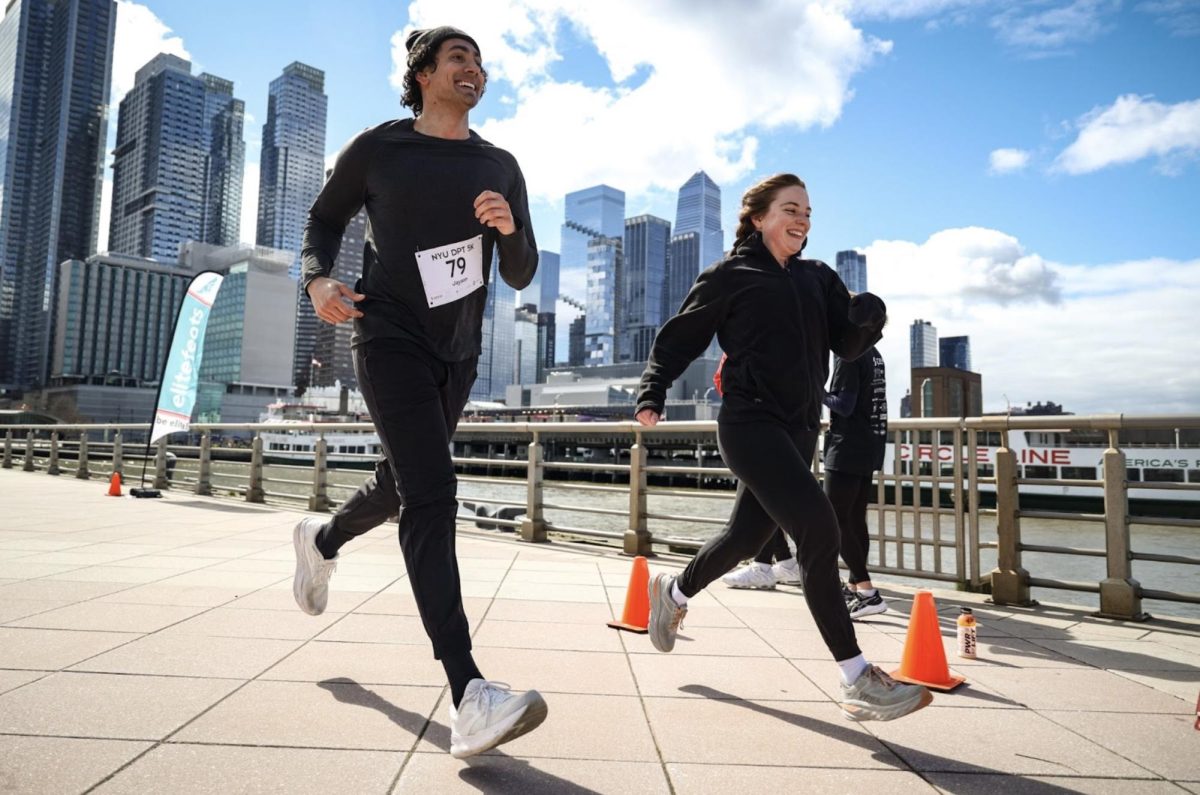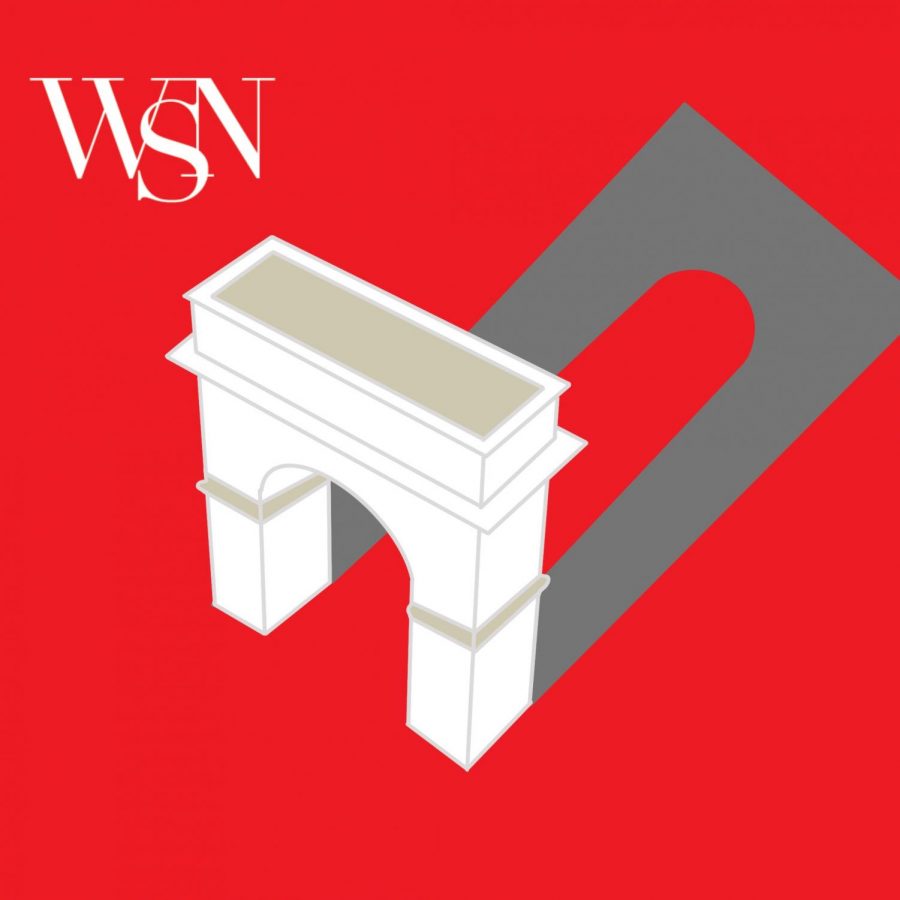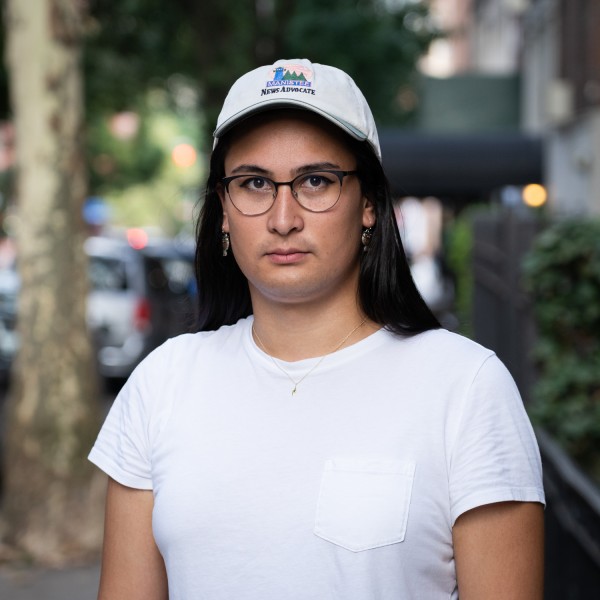‘Forgotten NYU,’ Episode 2: ‘A New Type of Normal’
The second episode of a collaboration between WSN and WNYU 89.1 looks at the short-term effects and long-term lessons of 9/11.
October 13, 2021
This episode first aired on Sept. 22, 2021.
One week at a time, one day at a time, eventually things will return to a new type of normal. Even now, it’s still hard to process and still hard to believe that that happened in New York City. And we managed to overcome it, you know, New York City moved beyond it. We all managed to thrive in spite of it. Eventually you find your way back, and you’re stronger for it. Jori Klein
“Forgotten NYU” is a production of the Washington Square News in collaboration with WNYU 89.1 FM that explores the hidden world around us. Whether it’s people or spaces, design or ideas, we’ll show you the past and change how you see the present.
This is the second of two episodes revisiting September 11, 2001 20 years later. In the previous episode, we relived the events of that day with NYU alumni who were students at the time. This episode explores the weeks after 9/11: the university community’s response, lessons on getting past tragedy — and a couple 9/11 stories you might not have heard before.
Credits
Host: Alex Tey
Writing, research: Alex Tey, Trace Miller, Ashley Wu
Music: Alex Tey
Editing: Jack Peterson, Grace Wanebo
Transcript
This is Forgotten NYU, a production of the Washington Square News in collaboration with WNYU 89.1 FM. I’m Alex Tey.
Music begins [Alex Tey/aquatic songbird — “Forgotten NYU theme”]
If you’re only in New York for four years of college, it’s easy to never dip below the surface of the city. But whether you notice it or not, the past influences your life more than you think. Whether it’s people or spaces, design or ideas, we’ll show you the past and change how you see the present. You’re listening to Forgotten NYU.
Music continues, ends
This is the second of two episodes revisiting September 11, 2001 — last week, we relived the events of that day with NYU alumni who were students at the time. This week, we’ll be exploring the weeks after 9/11: the university community’s response, lessons on getting past tragedy — and a couple 9/11 stories you might not have heard before.
At NYU, like in the rest of the city, nobody really knew what to do in the days and weeks following September 11. Jori Klein was a photographer for the Washington Square News at the time living in the Third North residence hall.
Not knowing how to cope, Klein explored her emotions through her work. She photographed memorials for the paper — the ones at Union Square, local hospitals, the Palladium dorm — and mourned from behind her camera lens.
Klein: As a photographer, I feel like a lot of people have a hard time expressing themselves and become photographers. And so you kind of use your pictures as a way to speak for you. And so, for me, that’s, that’s what it was, all these people were grieving around me. And I don’t know that I could have necessarily put it into words as a 20-year-old, but, you know, seeing those things — it reflected the way I felt at the time.
Yoni Brook, a Gallatin student at the time, contributed photos of Ground Zero to WSN’s initial coverage of the World Trade Center attacks. Like Klein, his work became a bigger part of his life after the tragedy.
Brook: To be honest, I personally kind of, you know, like, withdrew a little bit from like, the campus life in the weeks after that. And I— I was pretty focused on, like, working. And, like, being a journalist, and I wasn’t so affected by, like, campus activities.
The magnitude of the tragedy, Brook told me, made it difficult to focus on schoolwork.
Brook: It was just, I think, personally, like, hard for me to, like, go back to class. And like, pretend that you know, everything, you know, that was in my books and in the seminars, like, mattered. It felt like something that, like, cast a shadow, you know, over our, you know, my second year. And in the years after that. Like, I don’t think the city was really the same for a long time.
When I spoke to both Brook and Klein, I found some of the parallels between post-9/11 New York City and pandemic New York City a little haunting.
Klein: You didn’t really see many people walking the streets, you mostly just heard sirens.
WSN articles described how common it was to see people in the street wearing masks — although to block dust, not a virus — and students debated when and how classes should return to normal. Klein said that being able to focus on schoolwork helped take her mind off of things.
Klein: We just kind of leaned on the people around you, and if anything, going to class and doing normal things kind of just helped you through it, you know, to focus on keeping busy and focus on tasks rather than all the craziness that was happening. It just— it was some normalcy to help us through.
Though the pandemic has taken place over months while the towers fell in mere minutes, the scale of COVID-19 deaths has inflicted collective trauma that is less sudden but no less deep. At the time of recording, 18 times as many people — the equivalent of 36 collapsing towers — have died in New York City from COVID-19 than died in the World Trade Center attacks.
Brook pointed out another difference: You can’t rely on your community for reassurance in the same way today. Getting together to mourn and comfort one another in the way people did then would be difficult to do safely.
Brook: I think, you know, there was a degree to which you could, like, still go into your room, and pretend that things were the way they were, and like, be with your friends and like, have a— have your community again. And I don’t think that’s probably the same with you guys.
I asked both Klein and Brook how students today could learn from what they experienced. They’ve both grown up, moved on, coped, talked about that day that — as cliché as it may sound — really did change the world.
…Most recently been completing a masters in nurse anesthesia at Columbia. She is set to graduate next month.
She said she can relate to what it’s like to have to try and learn during the pandemic, but added that the experience for students our age must be especially hard to handle.
Klein: I can’t imagine having to do my classes as a 19- or 20-year-old as Zoom and not being around my friends and all that. So, I mean, it’s just one of those things like, ‘this too shall pass.’ Focusing on what you can control, I think, is a good way of getting through and keeping busy, and, just, if you do have a goal, obviously, getting through school’s important, so… You know, just using that as a goal to move forward. Take it day by day. All you can do. That’s what I did back then. And, you know, one week at a time, one day at a time, eventually things will return to a new type of normal. Even now, it’s— it’s still hard to process and still hard to believe that— that happened in New York City. And we managed to overcome it, you know, New York City moved beyond it. And, you know, we all— we all managed to thrive in spite of it. Eventually, you find your way back, you know. And you’re stronger for it.
Yoni Brook is now an internationally recognized documentary filmmaker. In his most recent work, “Philly D.A.,” he and his codirectors covered Philadelphia District Attorney Larry Krasner, an unprecedented progressive reformer in a historically tough-on-crime city. The New York Times, which designated the film a Critic’s Pick, described it as “richly detailed,” “captivating, timely and relevant.”
He said that the period immediately after 9/11, though, was one of the factors that convinced him to give up journalism and switch to film.
Brook: One of the, you know, reactions that I had to, like, covering this cataclysmic event as a journalist was, you know, some— to some extent, like, convinced me that I didn’t really want to be a journalist for my career. So I— even though I worked in newspapers and magazines for a couple years after I graduated, I, you know, I did transfer to film— the film department. And I ended up, you know, focusing on making documentary films, which I think are a little bit different, ‘cause I wasn’t, I wasn’t going to be reactive, in the same— in the same way to the news. You know, I felt like, to some extent, the pictures that I made and other journalists made, while super important as a public service to tell people what was happening, was also sort of, you know, it was like, part of the spectacle of violence, you know, that— that these guys wanted to create. And so it just made me think a lot about the kinds of images we put out in the world, and the kinds of stories that, you know, we want to tell, and that journalists and filmmakers and storytellers have the ability to be proactive to do and you know, I haven’t always succeeded, but I’ve tried to, like, you know, in the 20 years since then, really focus on, like, putting out images and stories that I think were not being covered, or being told, in the news.
Wednesday’s issue of the Washington Square News had focused solely on news coverage of the previous day’s attacks, but by Friday, WSN’s opinion writers had had time to reflect. Their takes were surprisingly level-headed, especially in contrast to most opinion writers at the time — and I promise I’m not just saying that because I work at WSN.
On the 13th, Thomas Friedman of The New York Times penned an op-ed headlined simply “World War III.” In it, he pitted “the world’s only superpower and quintessential symbol of liberal, free-market, Western values” against “super-empowered angry people” from “failing states in the Muslim and third world.”
WSN’s Nuno Andrade, on the other hand, called for national self-reflection. In a piece headlined “Take a look in the mirror, America, and ask why,” Andrade pushed back against the idea that the attacks were driven by mere jealousy of the American lifestyle. “This viewpoint does not take into account the origins of U.S. prosperity or the effects of the U.S. actions that have led to that prosperity. However tragic these attacks have been, if one is to take these considerations into account, it becomes difficult to see the attacks as surprising.”
WSN received and printed multiple letters to the editor criticizing Andrade’s article, but in retrospect, his writing proved to be both insightful and prescient. Twenty years later, it cuts through the facts-be-damned warmongering that was already starting to dominate the news media.
Another WSN op-ed took a stance explicitly opposing retaliation. Chris Choi acknowledged the trauma the city had endured while also arguing that striking back would be at best useless and at worst counterproductive. He rejected comparisons to Pearl Harbor and refused to let anti-terrorist measures undermine personal liberties.
Choi wrote: “It may be an unpopular stance in an angry America right now, but I believe that the progressive spirit of New York can overcome the prevailing hatred. While everyone is screaming for blood, we can be the first ones to call for understanding. And coming from the ones that were closest to the heat of the explosions, that really means something.”
The piece quoted one U.S. senator as saying that infringements on personal freedoms would mean that “we have lost the war before it has begun in earnest.”
That senator, a Democrat from Delaware by the name of Joseph R. Biden Jr., would go on to proudly support infringements on personal freedoms. In October of the following year, he passionately promoted the USA PATRIOT Act, which the American Civil Liberties Union described as “the first of many changes to surveillance laws that made it easier for the government to spy on ordinary Americans.”
As described by the Intercept earlier this year, Senator Biden bragged about previous surveillance legislation he had passed despite opposition from “civil libertarians.” He told then-President George W. Bush that he was at his service, and chastised fellow lawmakers who were unwilling to “give the president all the changes in law he requested.” He dismissed criticisms by civil liberties groups like the ACLU as “ill-informed and overblown.”
According to the ACLU, though, the PATRIOT Act authorized nearly 150,000 warrantless searches of civilians between 2003 and 2005 alone. These searches, conducted by the FBI, accessed personal information like phone records, computer records, credit history and banking history, and revealed exactly zero terrorists. Americans whose information is obtained through these searches are forbidden from telling anyone, which has been held to be unconstitutional in several legal cases. As the ACLU puts it, “While most Americans think it was created to catch terrorists, the Patriot Act actually turns regular citizens into suspects.”
There’s no question that Joe Biden has a proud history of encouraging aggressive domestic surveillance under the guise of counterterrorism. That’s raised concerns about his recent emphasis, as president, on domestic terror. Though Biden publicly and correctly emphasizes the need to confront white supremacist terror, the FBI’s history of targeting so-called “Black Identity Extremists” and “Anarchist Extremists” suggests that a White House-led push against domestic terror could be used as an pretext to suppress left movements.
In the same month that Biden championed the PATRIOT Act, he also voted to authorize military force against Iraq, a move he would later recognize as a mistake. The House of Representatives voted to repeal that authorization earlier this year.
On that Friday in September 2001, though, none of that had happened yet. All that happened that day was that Biden voted with a near-unanimous Senate to approve the Authorization for Use of Military Force of 2001. The now-infamous AUMF effectively gave then-President George W. Bush a blank check to make war against Afghanistan.
Data released earlier this month by Brown University’s Costs of War project placed the death toll of this so-called War on Terror at nearly one million dead. About 387,000 of the dead were civilians.
The day that op-ed by Choi ran, former President Bill Clinton drew crowds by taking a walk down University Place, not far at all from NYU’s campus. Clinton encouraged Americans to trust the national government to properly investigate the attacks. Supporting the government, he told them, is one of the most important things Americans can do.
Larry Silverstein is the chairman of Silverstein Properties, Inc., one of the largest commercial landlords in New York City. Silverstein and his daughter Lisa, who is the vice chairman of the company, are both members of the NYU board of trustees. Their company owns properties up and down the island of Manhattan — including both the old and new World Trade Centers.
In July 2001, just six weeks before the terrorist attacks, Larry signed a 99-year lease on the World Trade Center. He started spending every morning there, attending meetings and eating breakfast at the Windows on the World restaurant atop the North Tower.
On the morning of September 11, however, he happened to have a dermatologist appointment rather than his regular North Tower breakfast meeting.
We all know what happened next, but fortunately, Larry had purchased terrorism insurance along with the the lease. After the attacks, he sued to try and get double the face value of his insurance policies, reasoning that since two planes hit the World Trade Center, he ought to be compensated for two terrorist attacks rather than one.
Larry fell short of his goal of 7 billion dollars, ending up with just under 4.6 billion dollars — and then proceeded to spend billions rebuilding the complex, a project he has described as consuming the balance of his working life. He once told The New York Times that he felt some sort of moral obligation to do so. One might imagine that it was because he didn’t want to let the terrorists win by putting a dent in American capitalism.
Our second and final episode commemorating the 20th anniversary of 9/11 concludes with a story from the back page of the September 14, 2001 issue of the Washington Square News.
Following opinion pieces and news coverage, sports editor Lawrence Chan offered us a different kind of story.
The team walked into the pro shop at the McGregor Country Club at 9 a.m. on the morning of the 11th. About 15 minutes earlier, American Airlines Flight 11 had crashed into the north tower of the World Trade Center, and people were standing around a TV watching the flames on the news. As the NYU players and coach gathered around the screen, they watched as the second plane collided with the south tower.
But there was no time to dwell on the catastrophe. The tournament was still on, and there was golf to be played. A tournament to be won.
The story begins:
“Tuesday morning, the NYU men’s golf team teed off at the Skidmore College Invitational in Saratoga Springs, NY, knowing that two hijacked planes had slammed into the World Trade Center. Approximately 200 miles away from the tragedy, NYU, despite playing with a heavy heart, took first place in the tournament with a record team score of 302, edging out nationally ranked Skidmore by four strokes.
“‘What a day Tuesday was,’ Head Coach Richard Mueller said. ‘It was completely surreal. They probably should have canceled the tournament.’”
Music begins [Alex Tey/aquatic songbird — “circles”]
This episode was written by me, Alex Tey. Trace Miller and Ashley Wu also contributed research and writing. Audio editing and production by Grace Wanebo and Jack Peterson, and thanks to Andrew Sachs for technical assistance. Our theme music was composed by me and performed by Andrew Sachs and myself.
You can find the Washington Square News online at nyunews.com and on social media @nyunews. WNYU is on the air on 89.1 FM from 4 p.m. to 1 a.m. on weekdays and on the web 24/7 at wnyu.org. Thanks for listening.
Music ends
Music starts [Alex Tey/aquatic songbird — Forgotten NYU theme]
Next week on Forgotten NYU:
You might have never noticed it before, but once you know what to look for, you’re going to start seeing it everywhere. On campus, in Washington Square Park, on every building, in every ostensibly public space. I’m talking about the metal brackets screwed into concrete staircases. Ledges that are sloped for no apparent reason, or iron spikes on the only elevated flat surfaces in sight. Benches with too many armrests, or, more frequently, no benches at all. Next week, we’re going to be talking about hostile architecture: what it is, what it means and what we can do about it.
Music ends
Next week at 7 p.m. Wednesday on 89.1 FM, and online at wnyu.org and nyunews.com.
Contact Alex Tey at [email protected].


